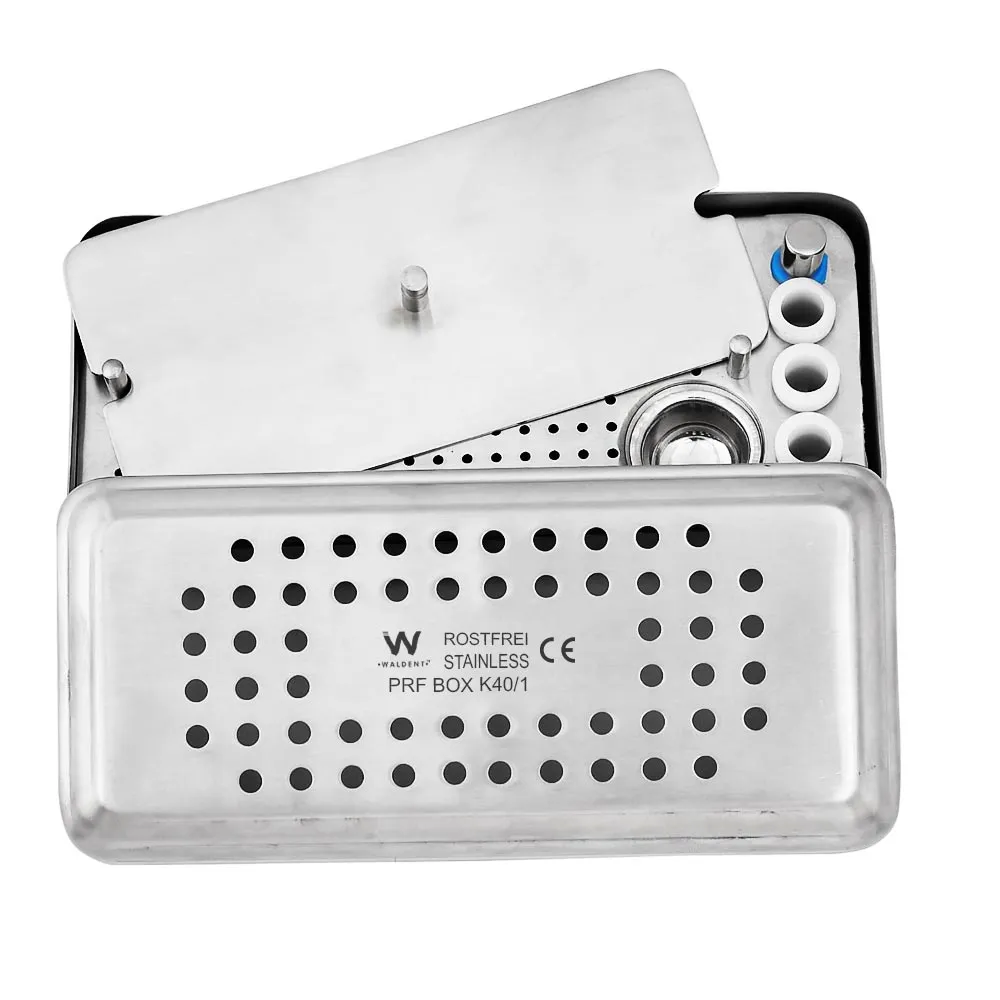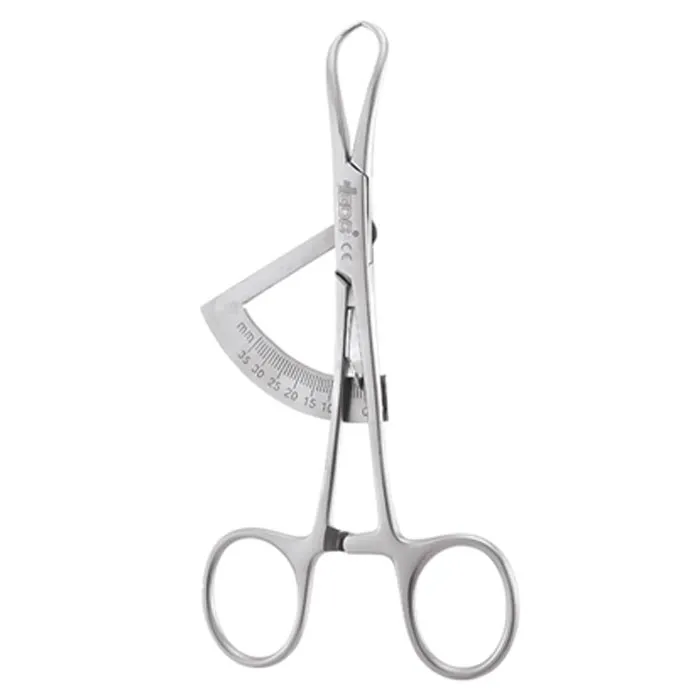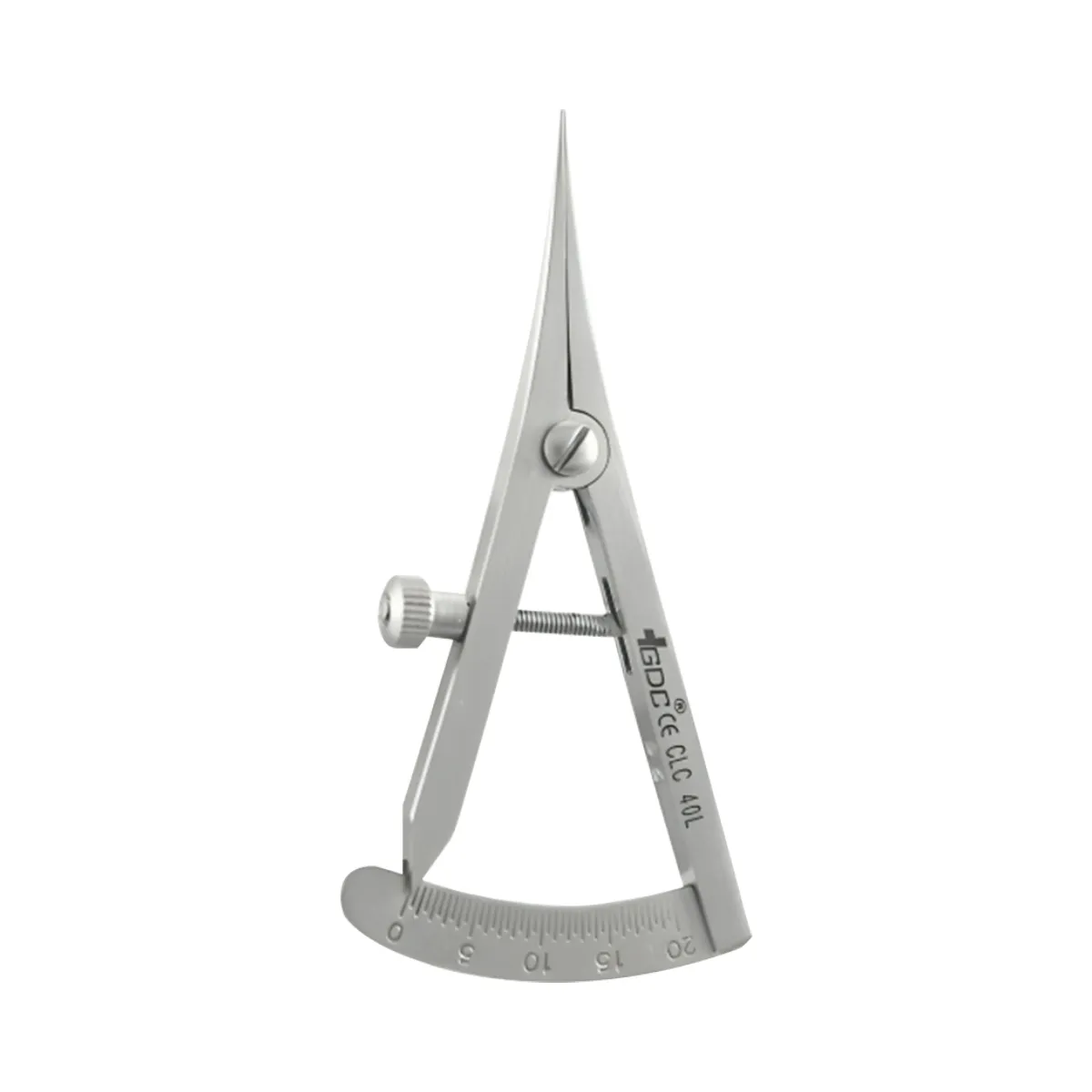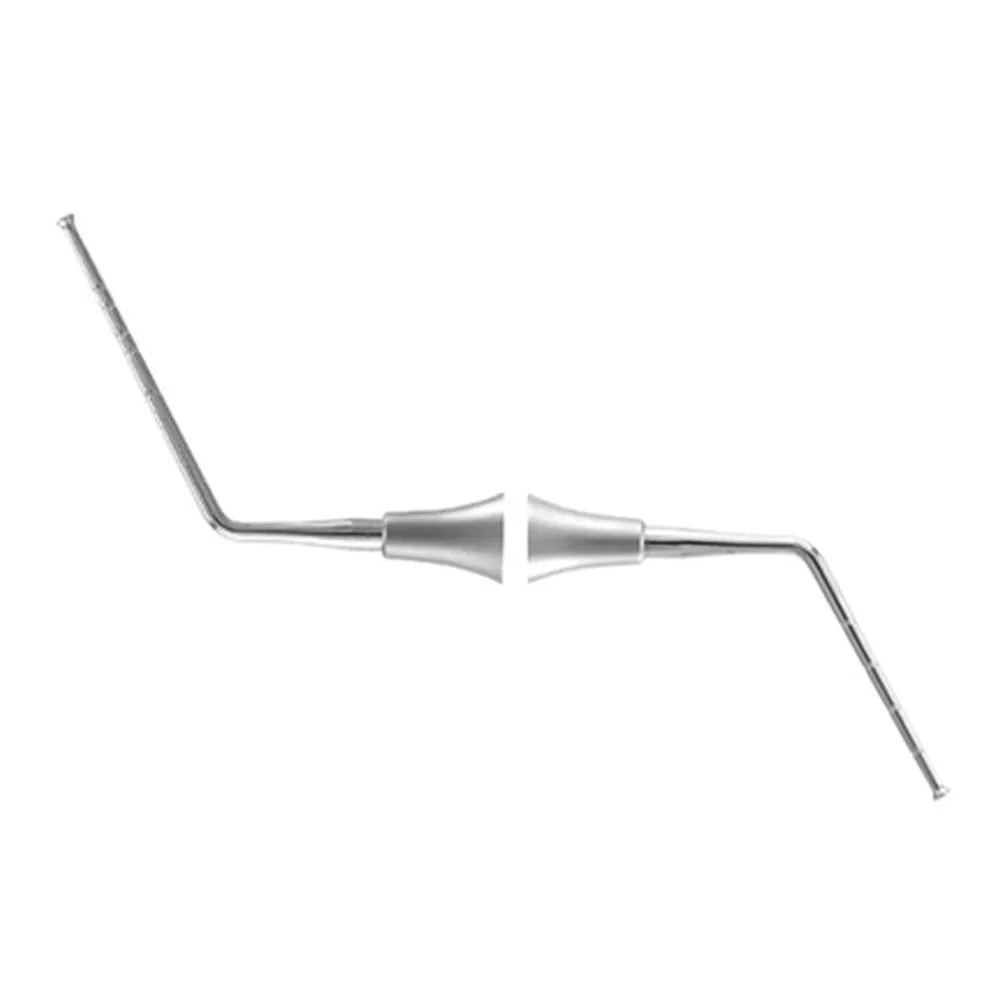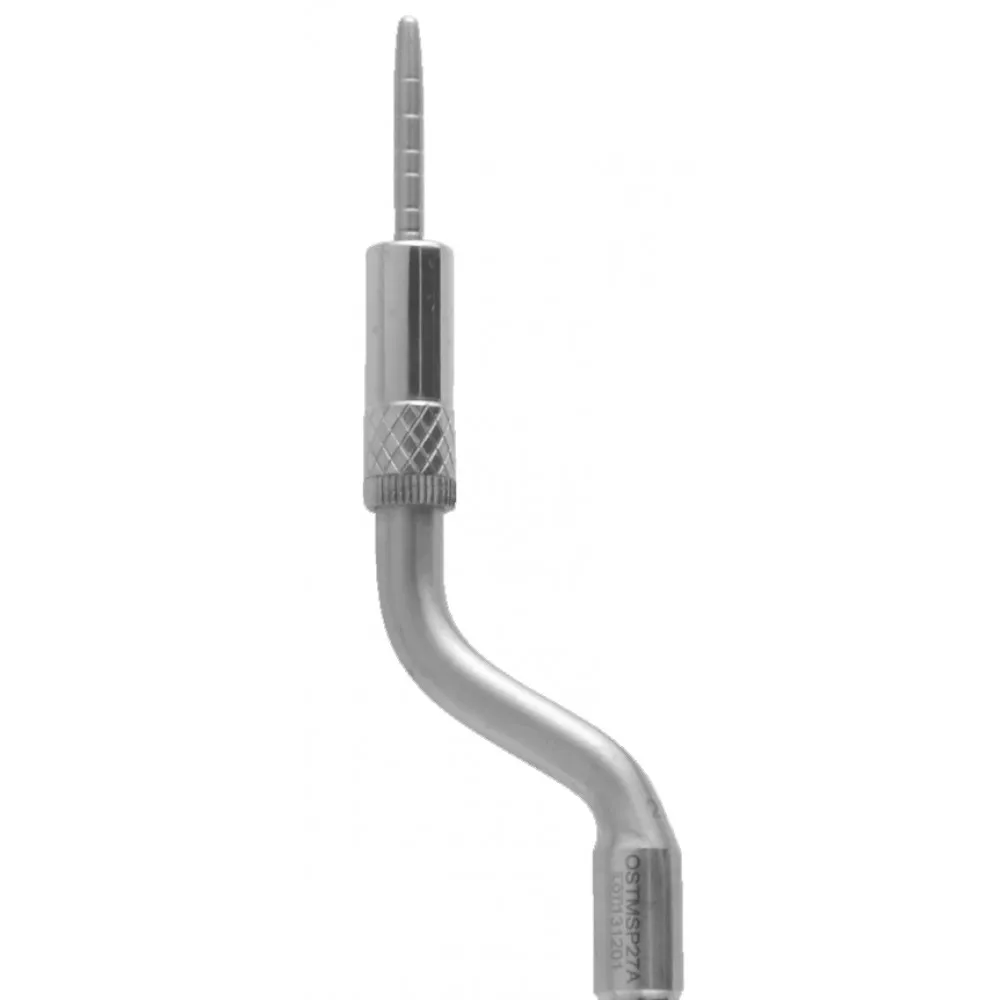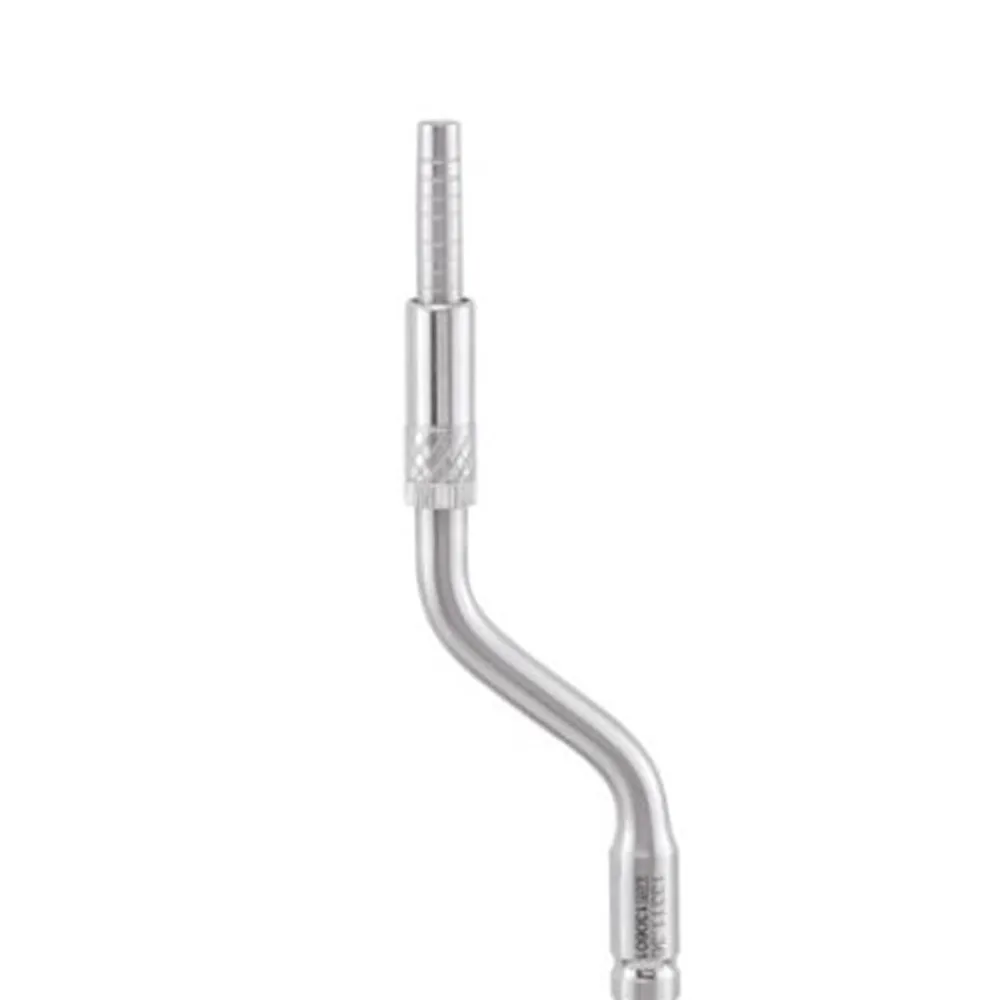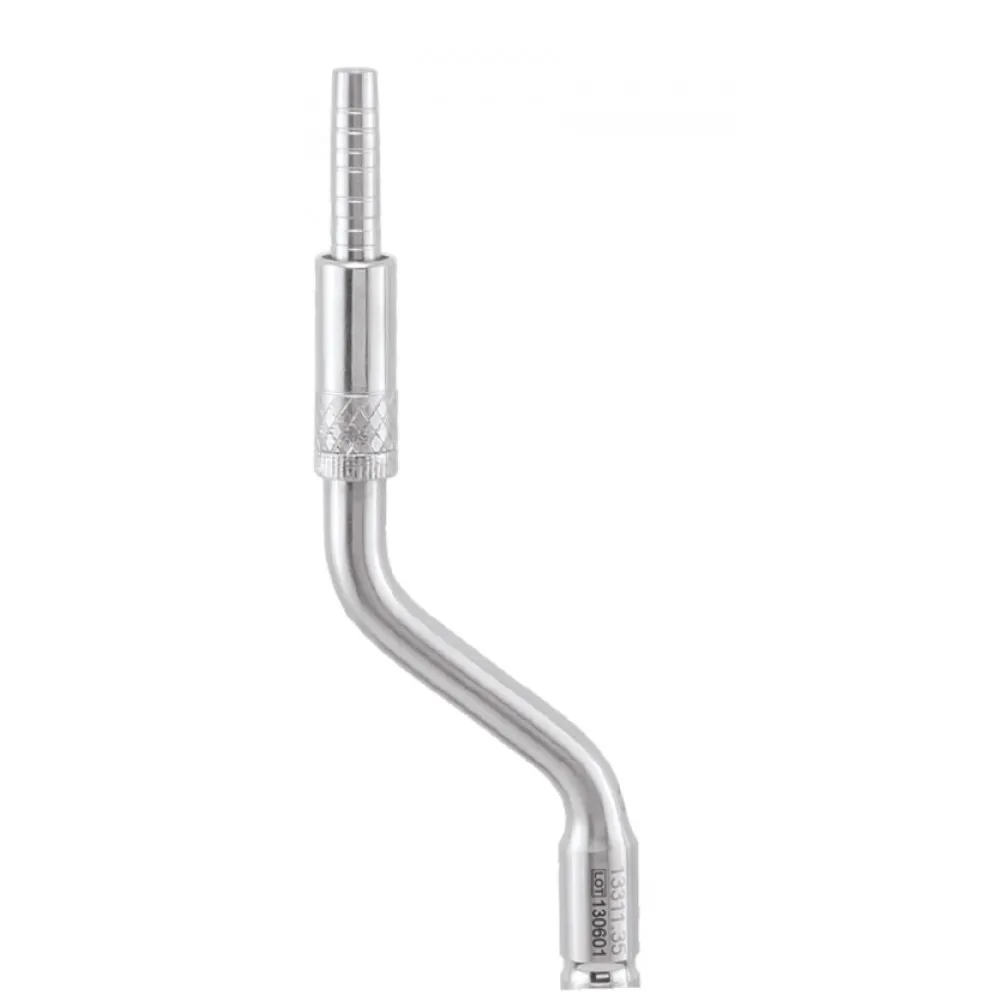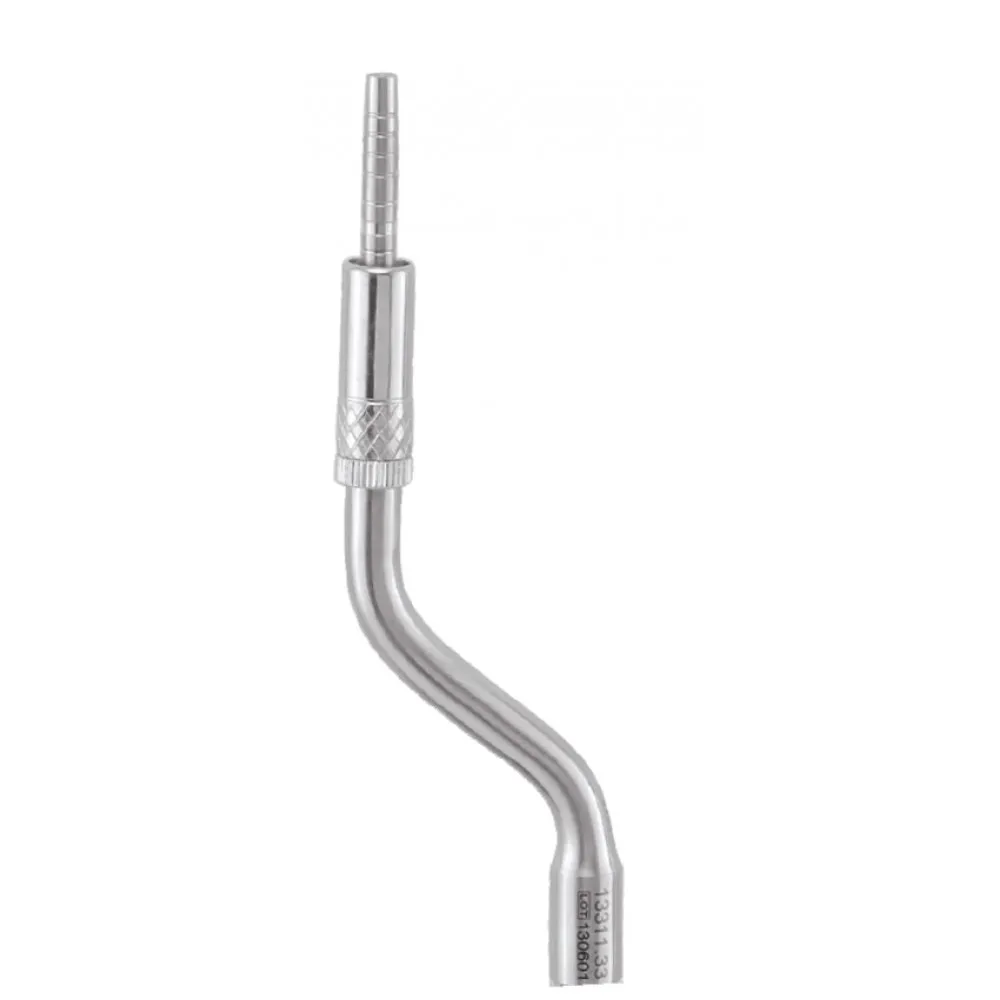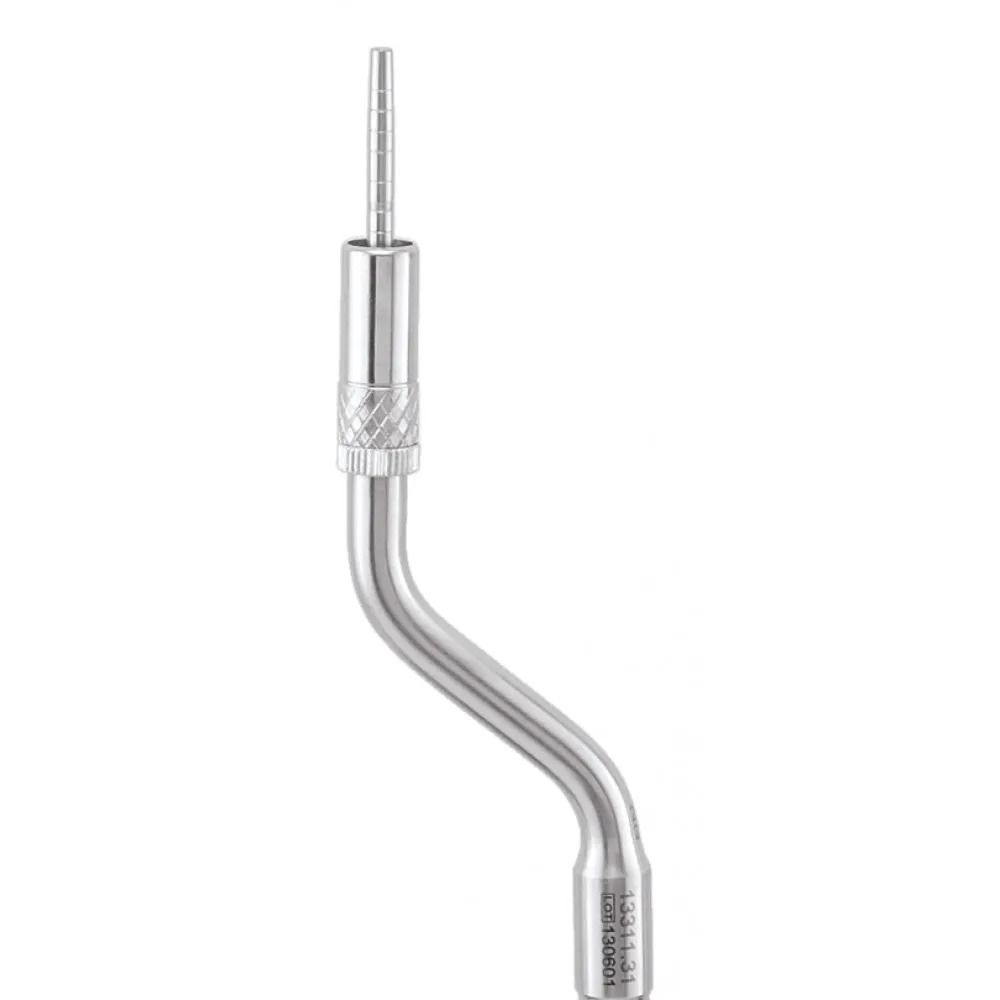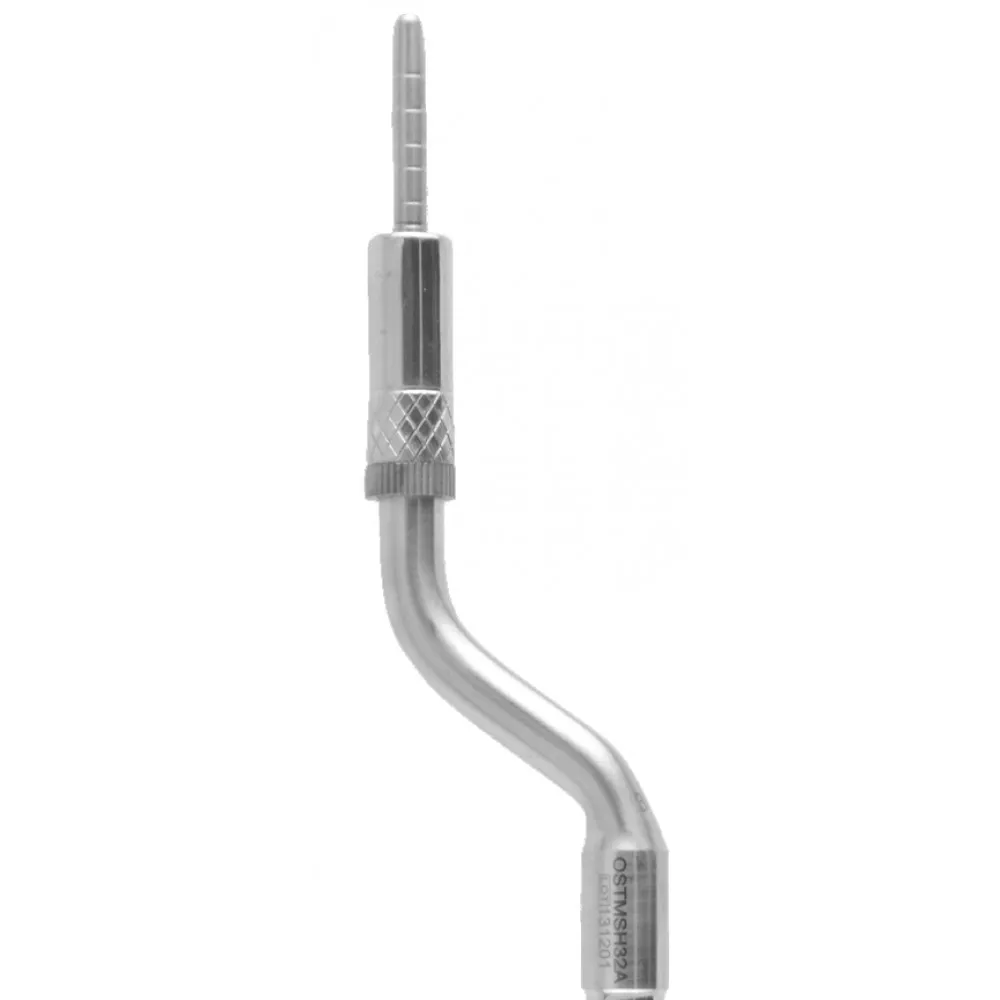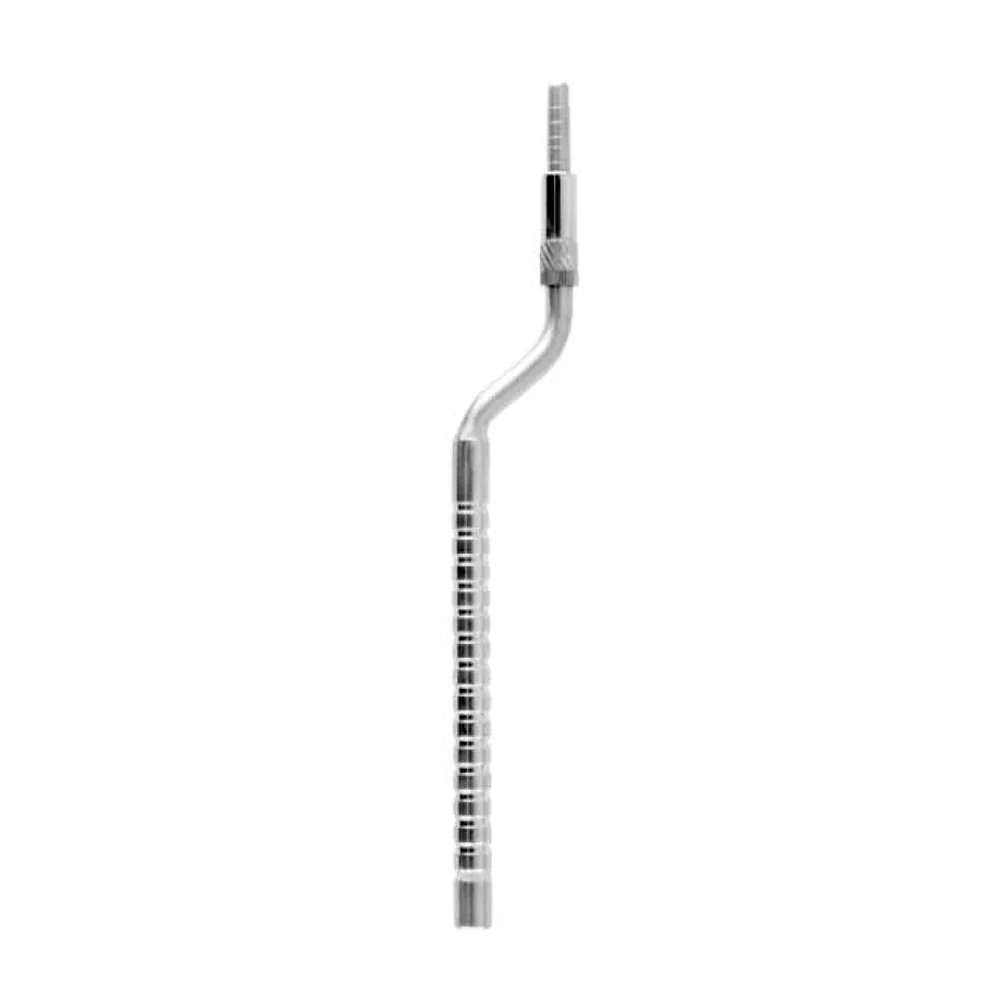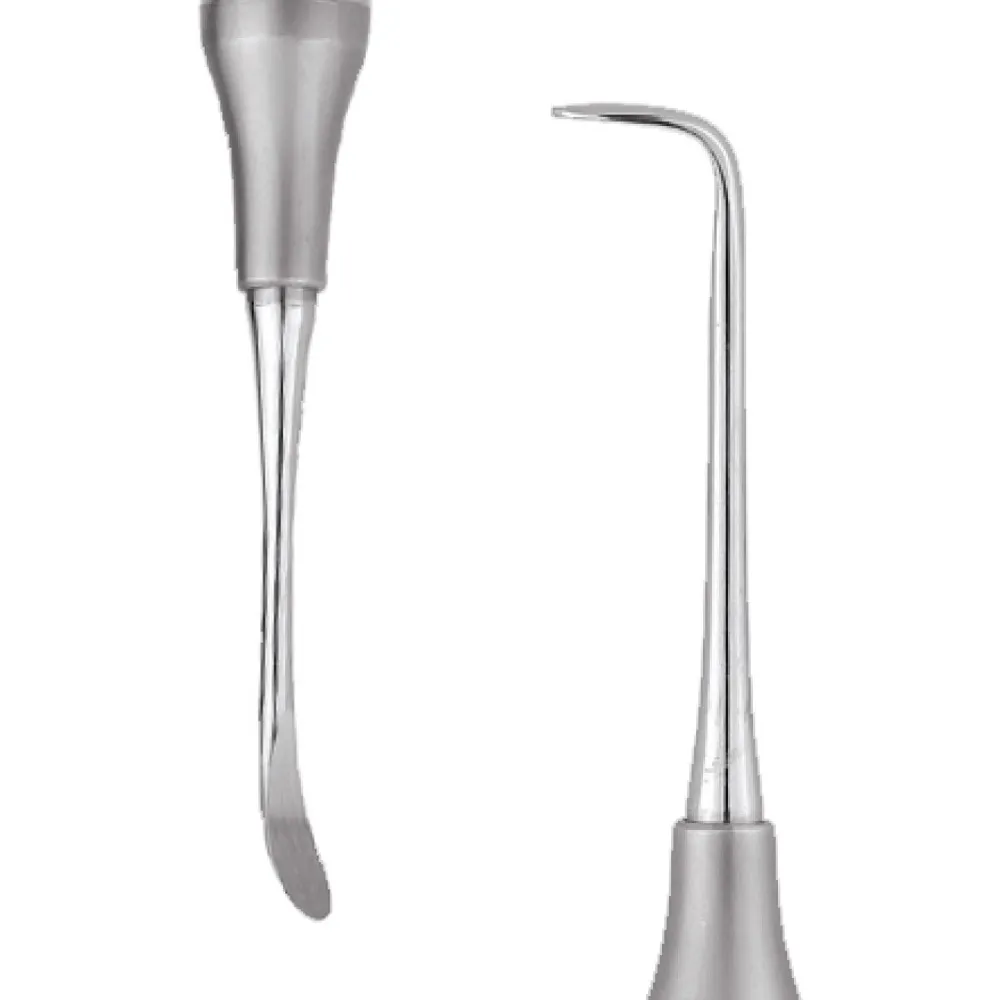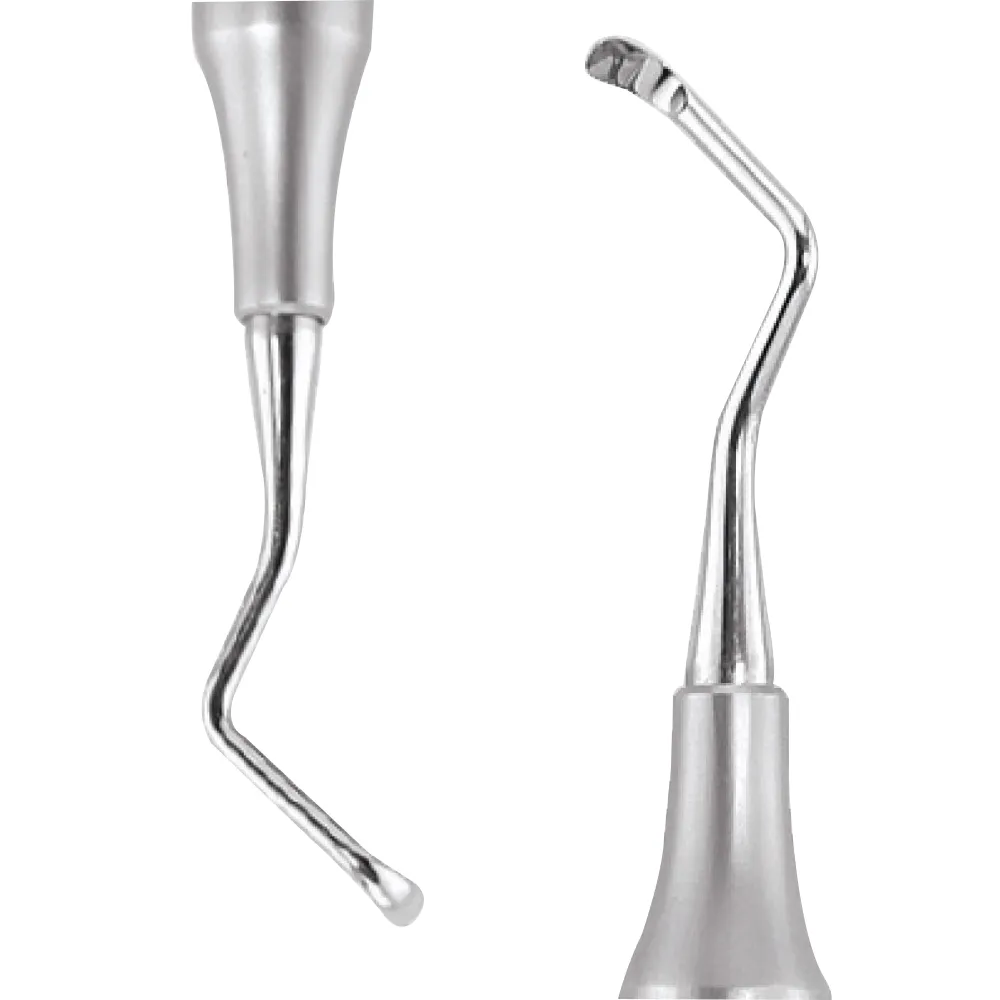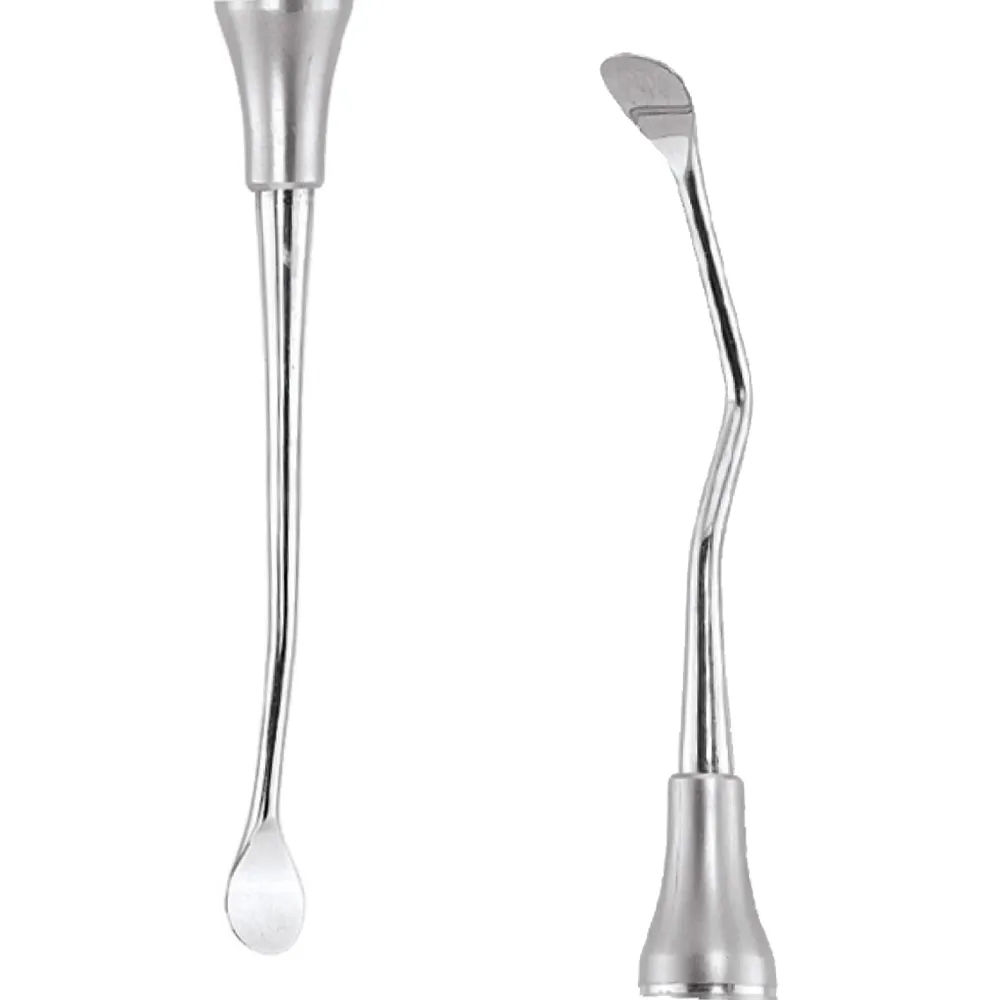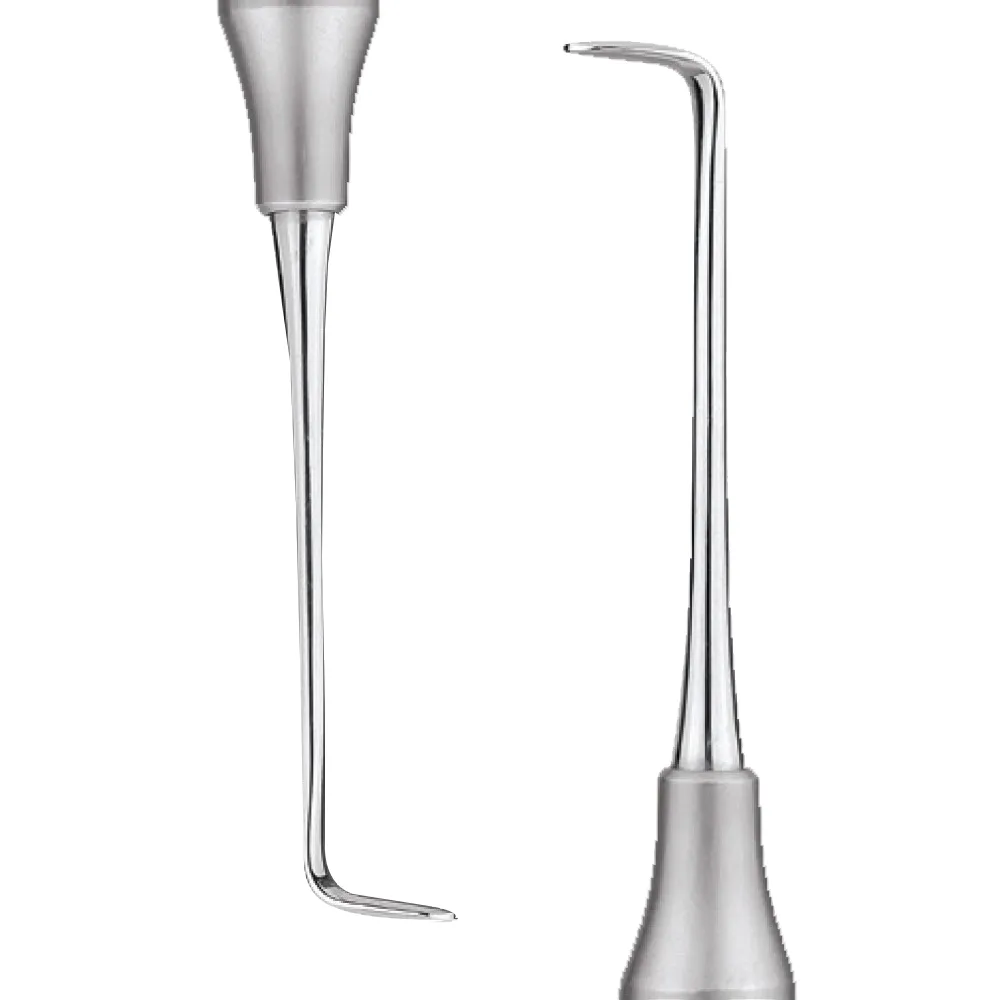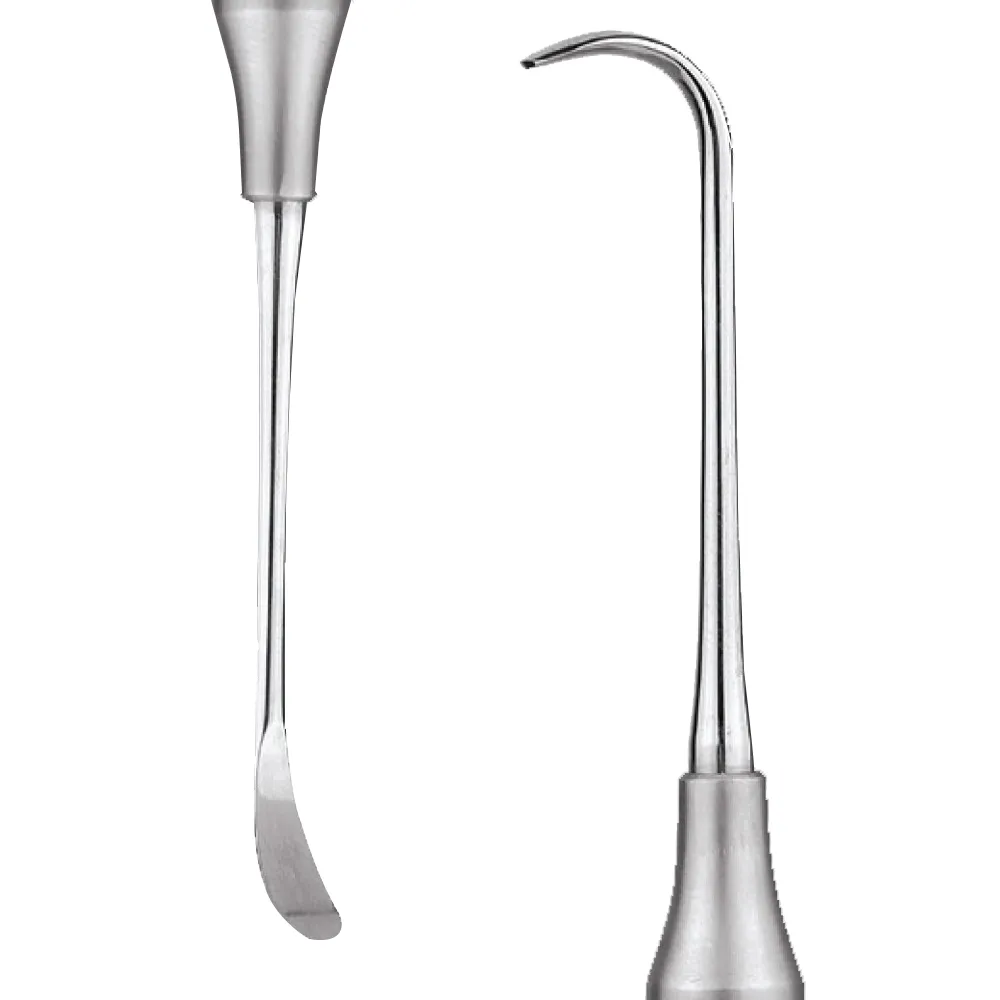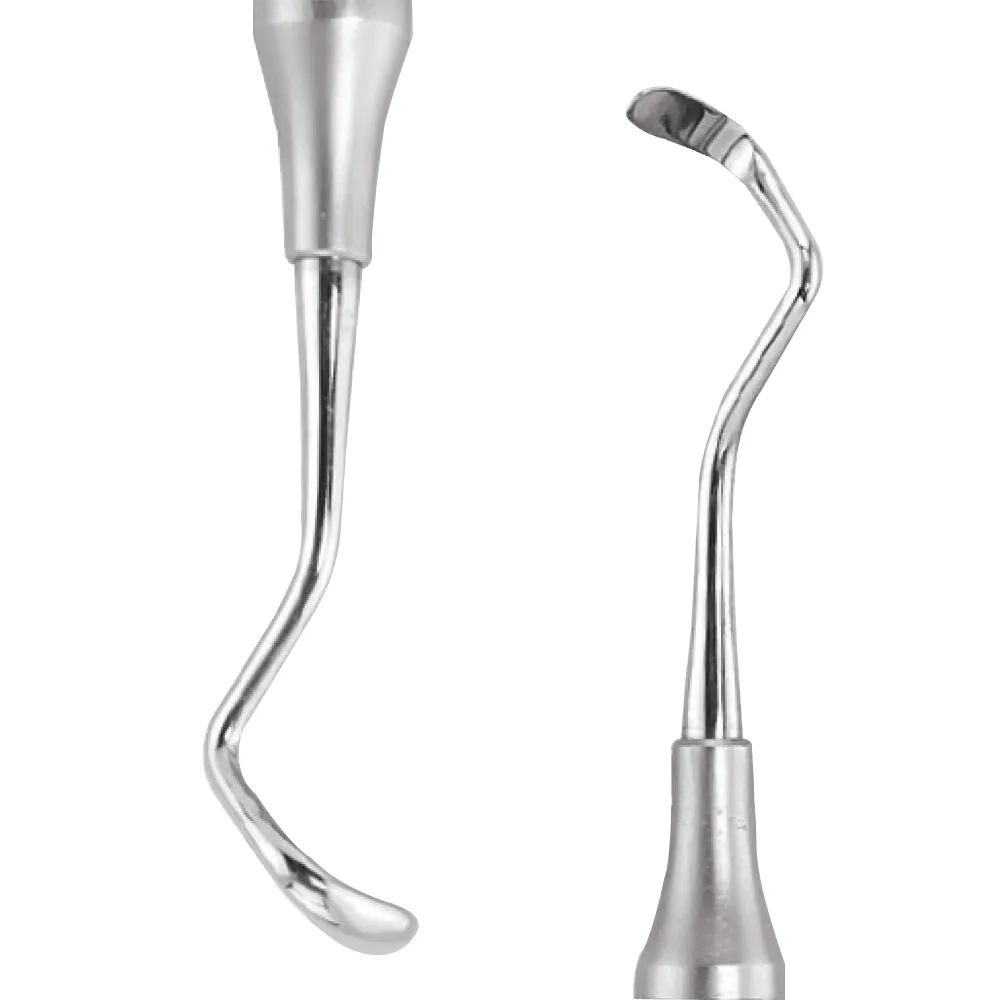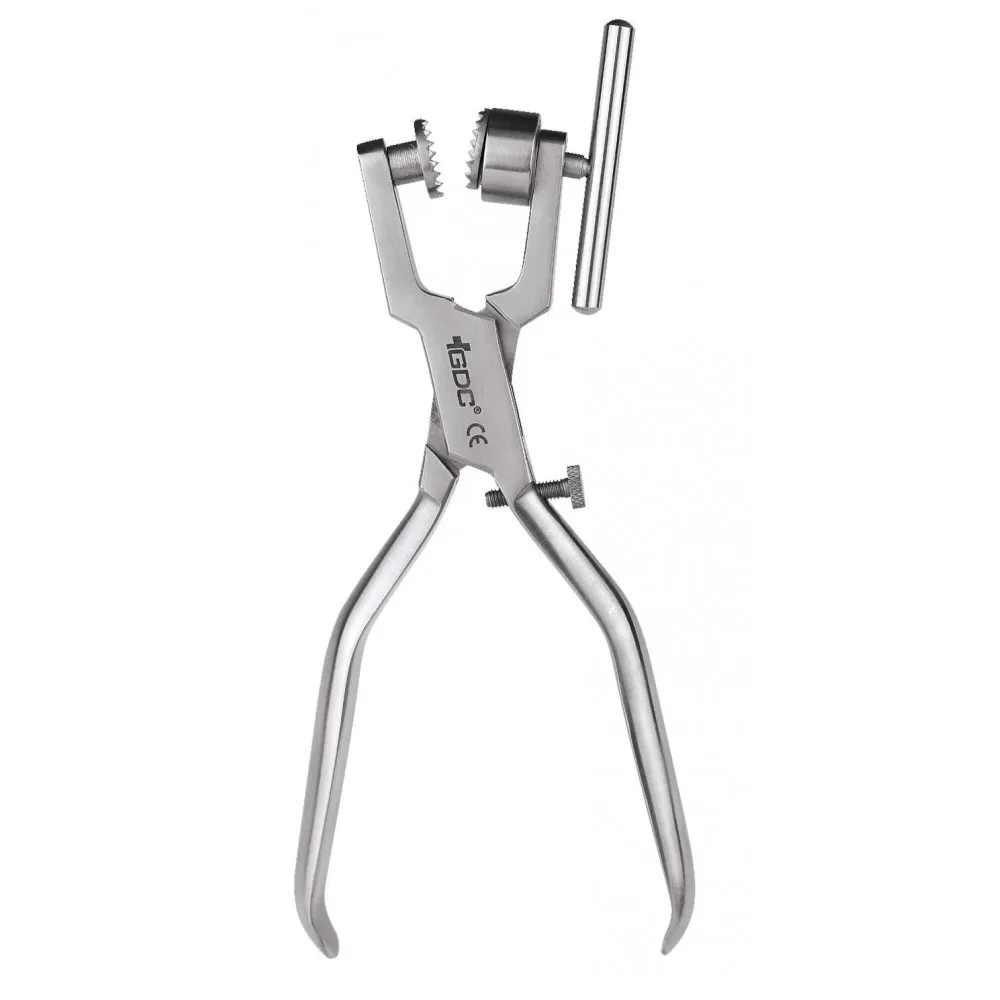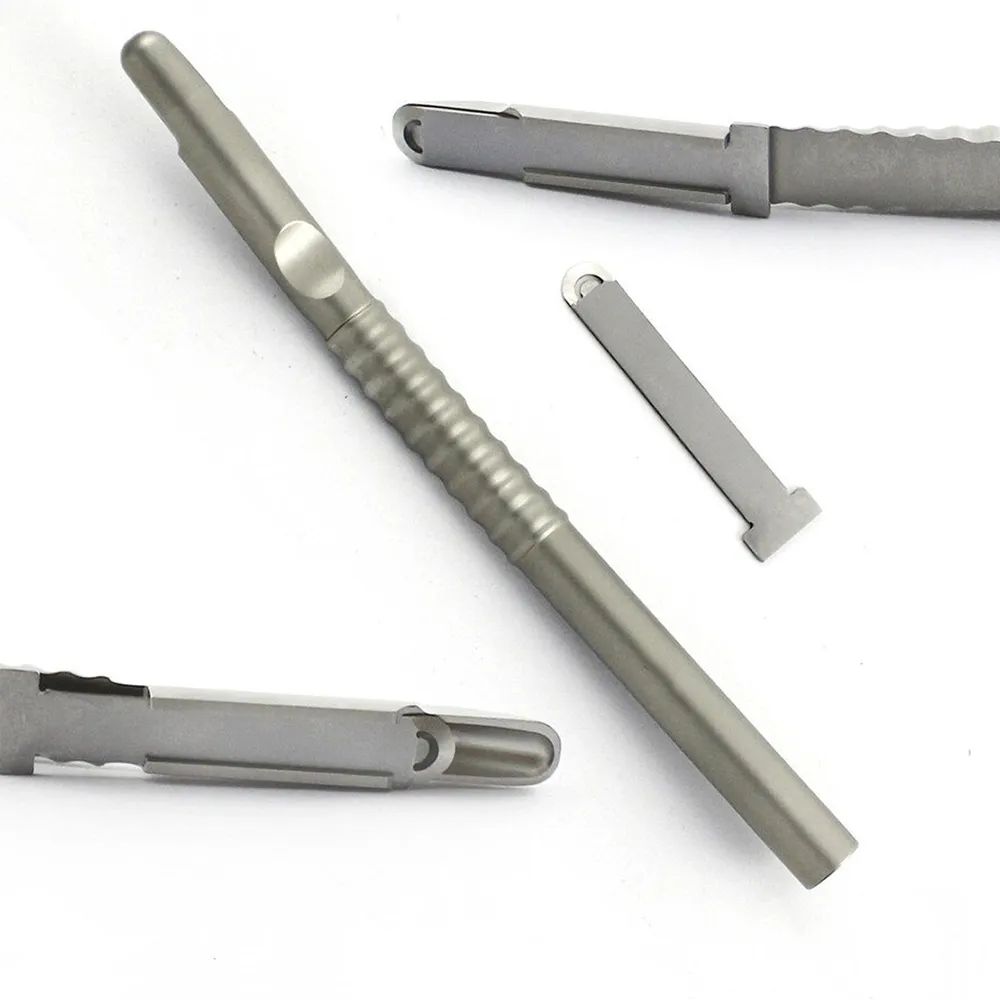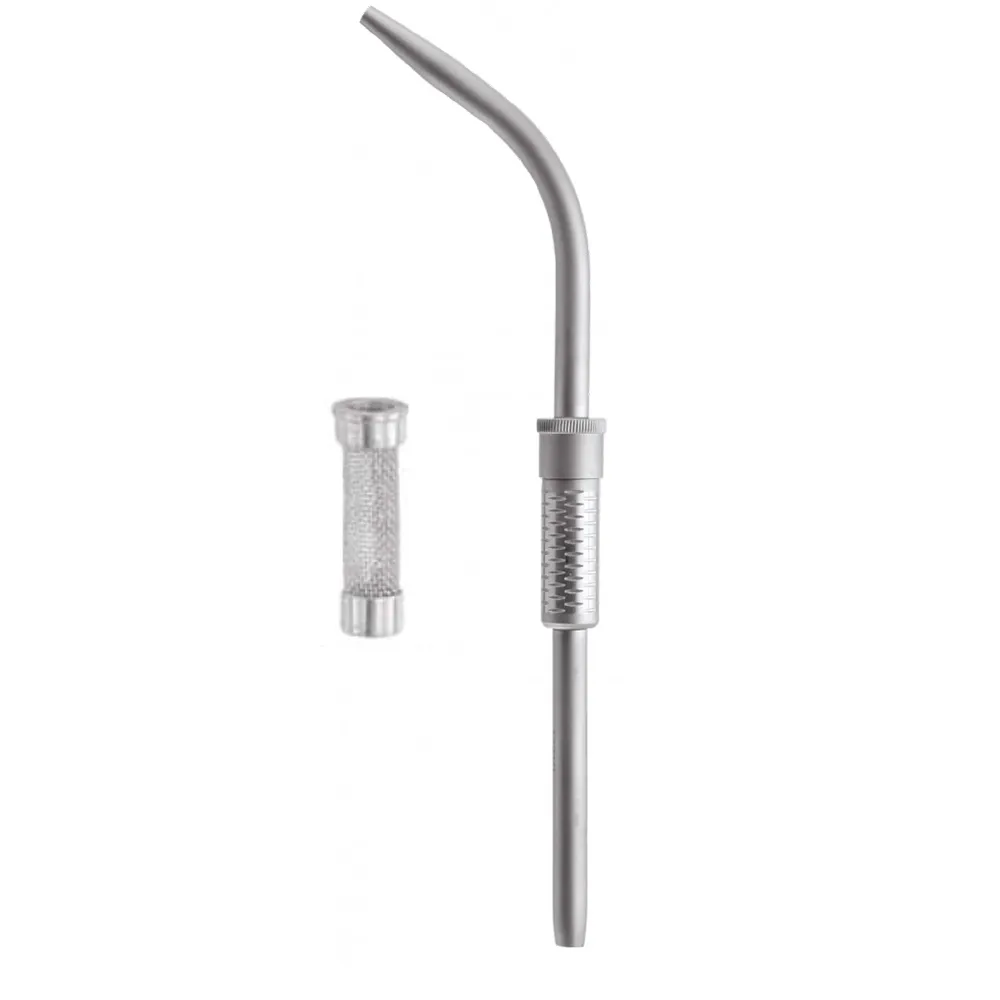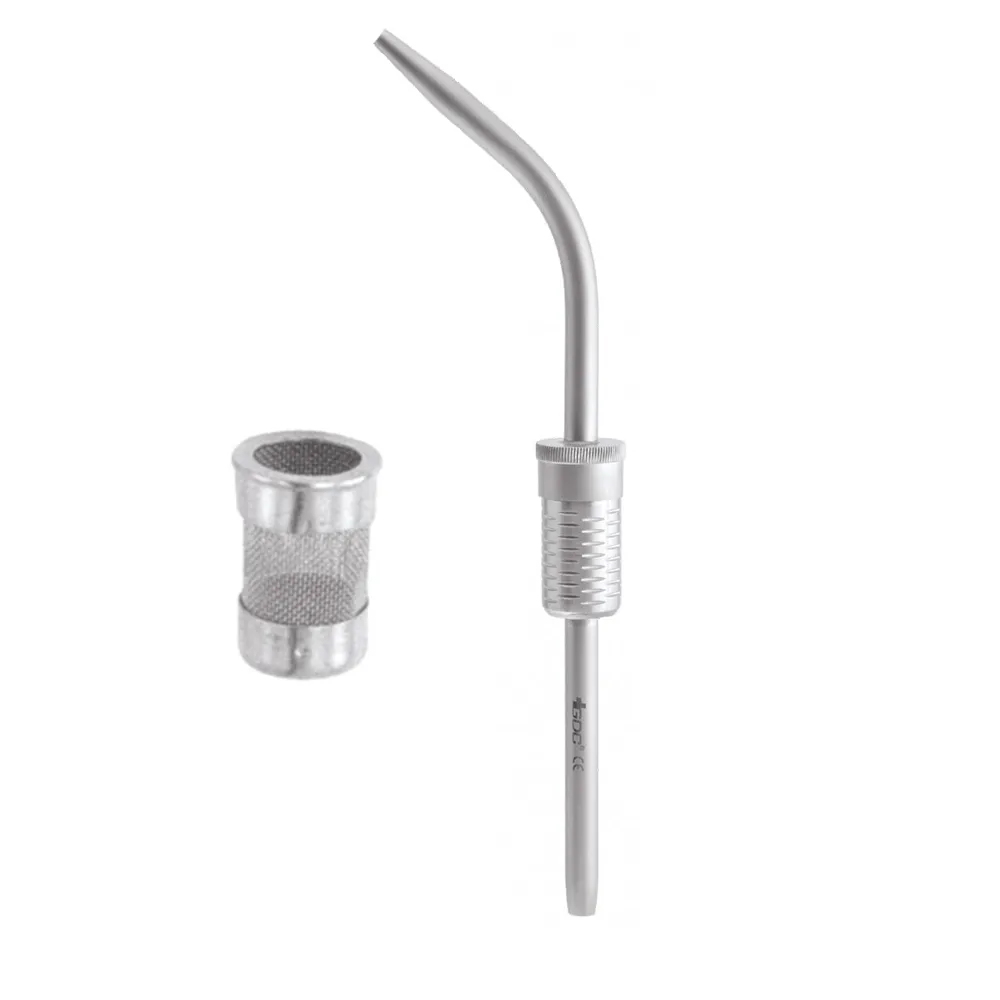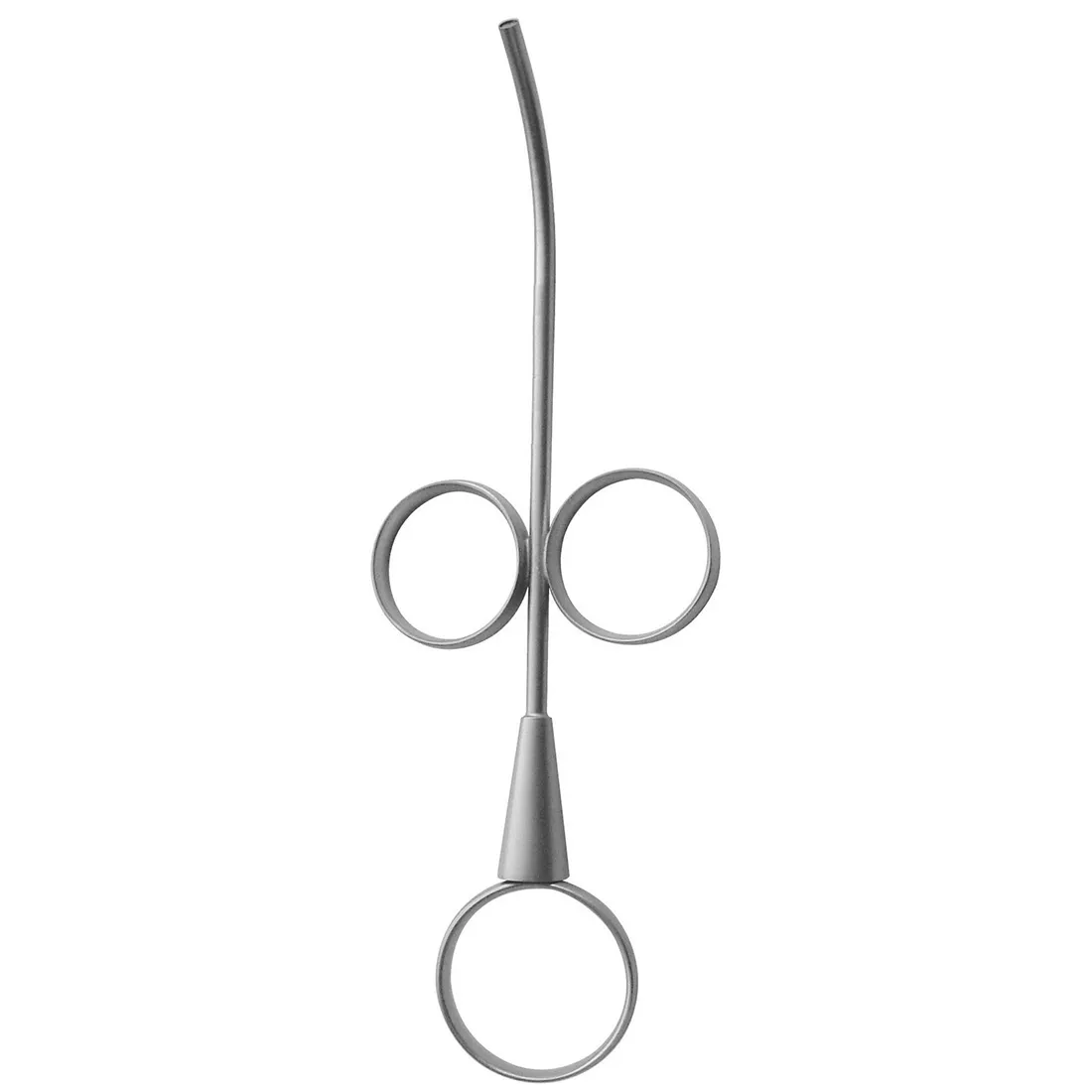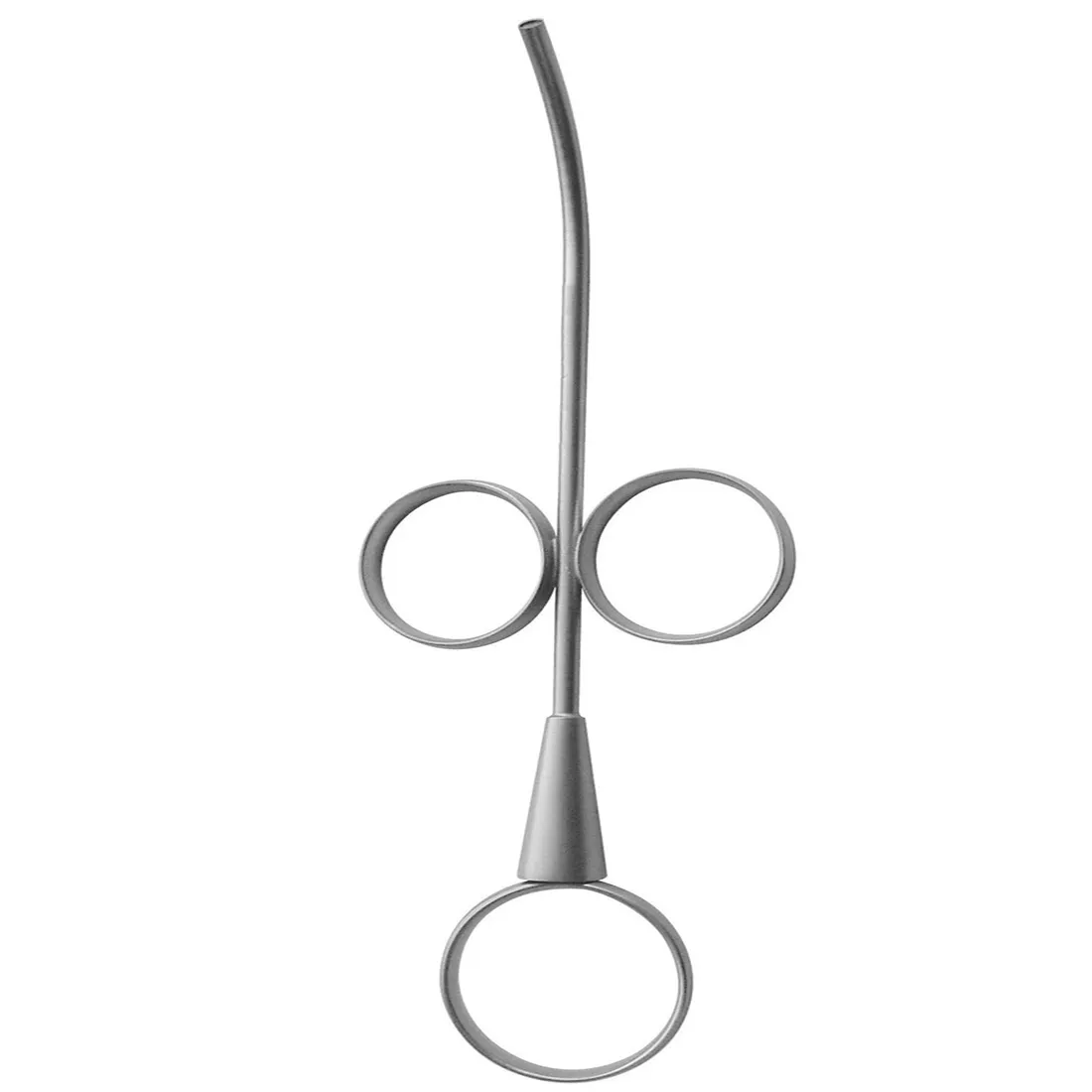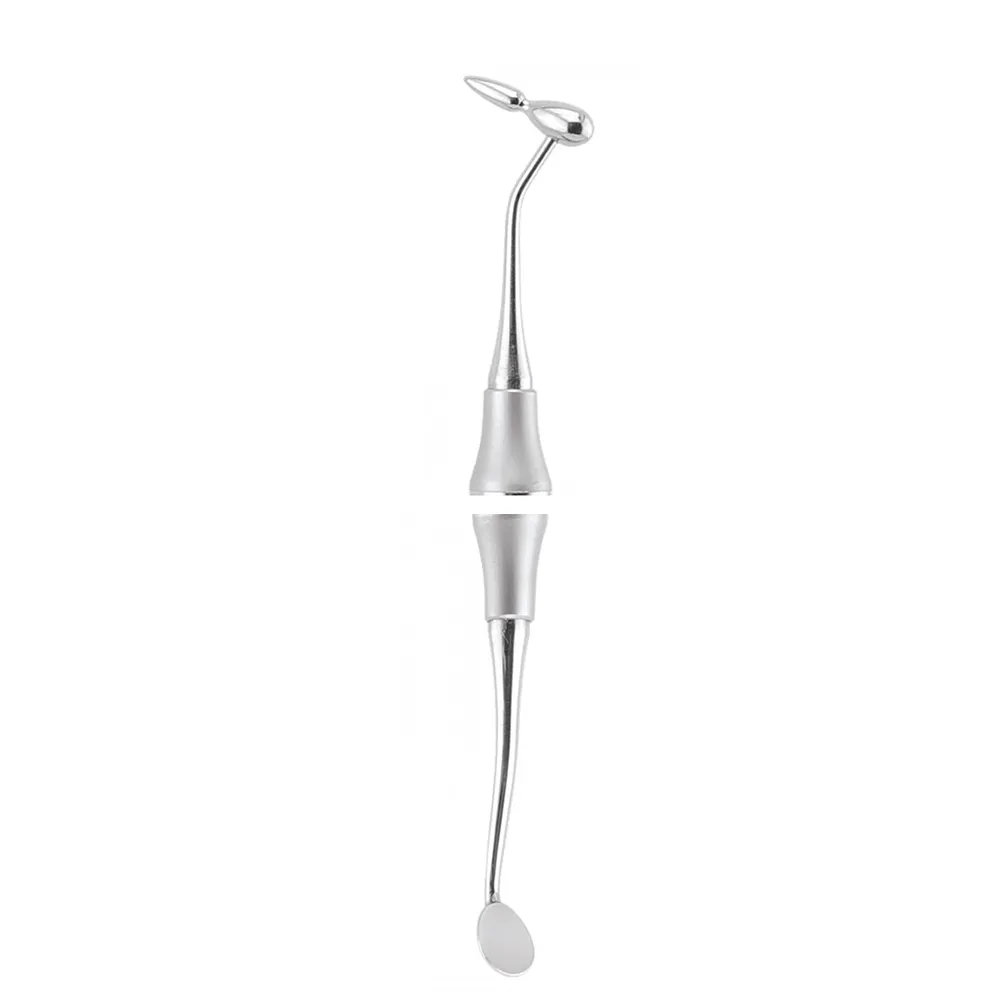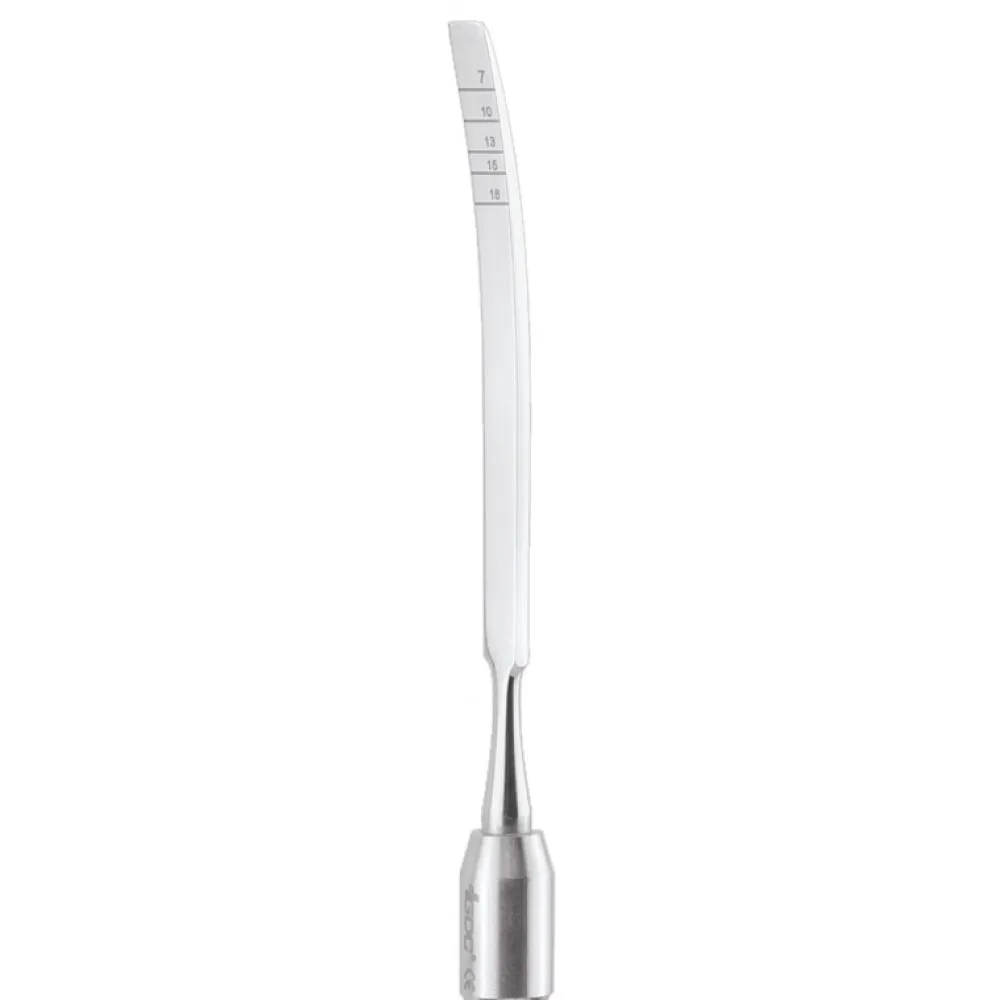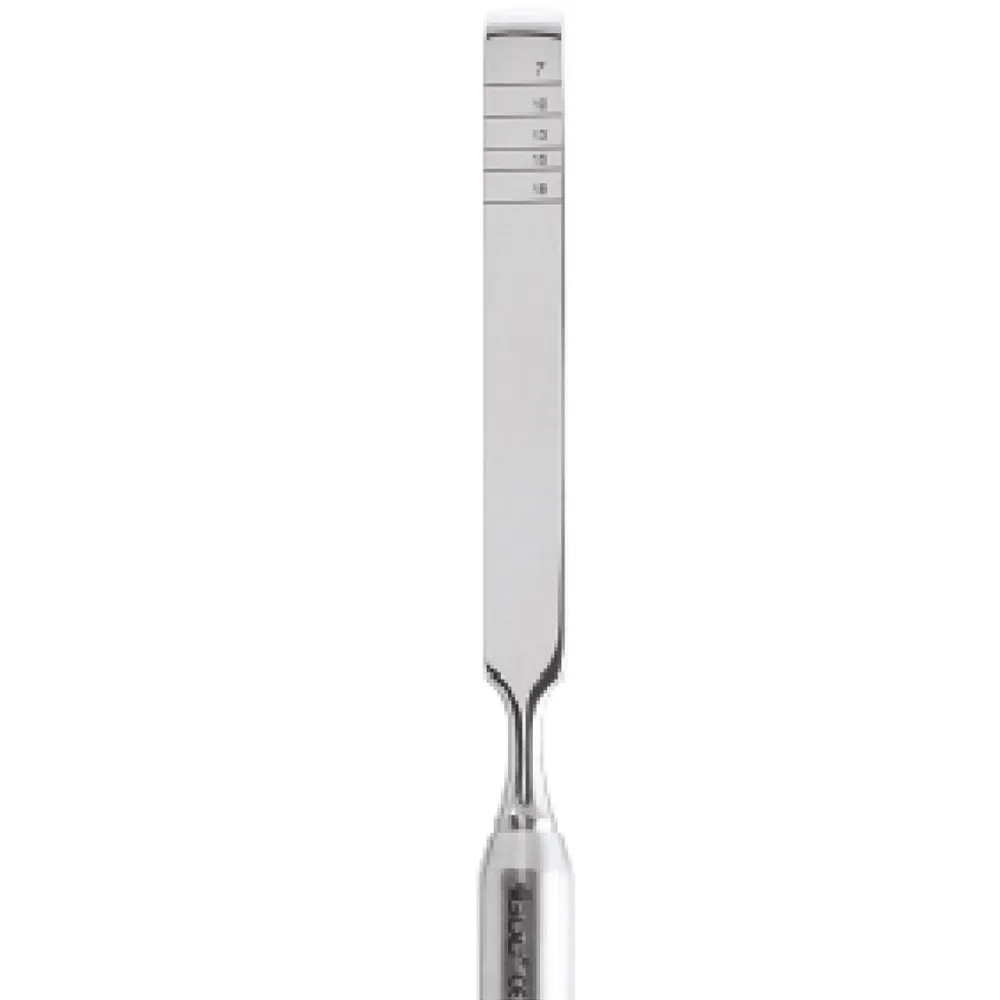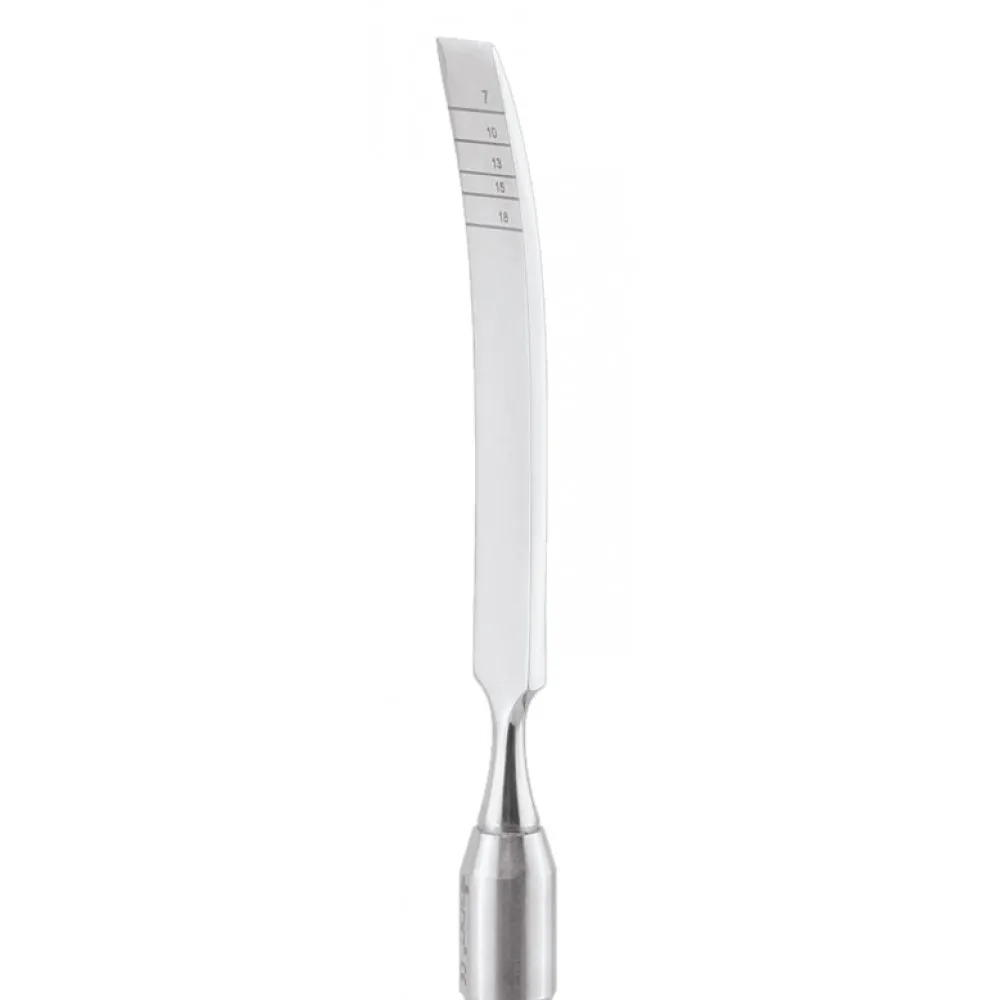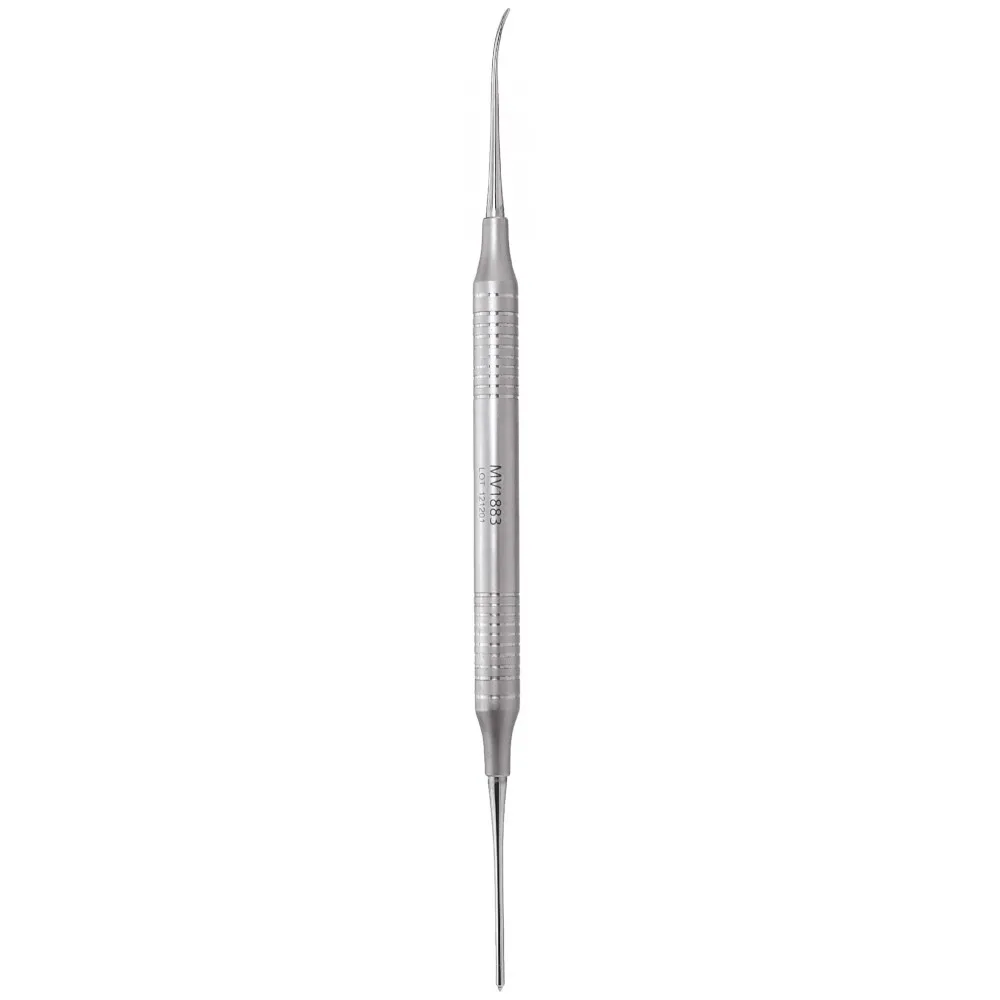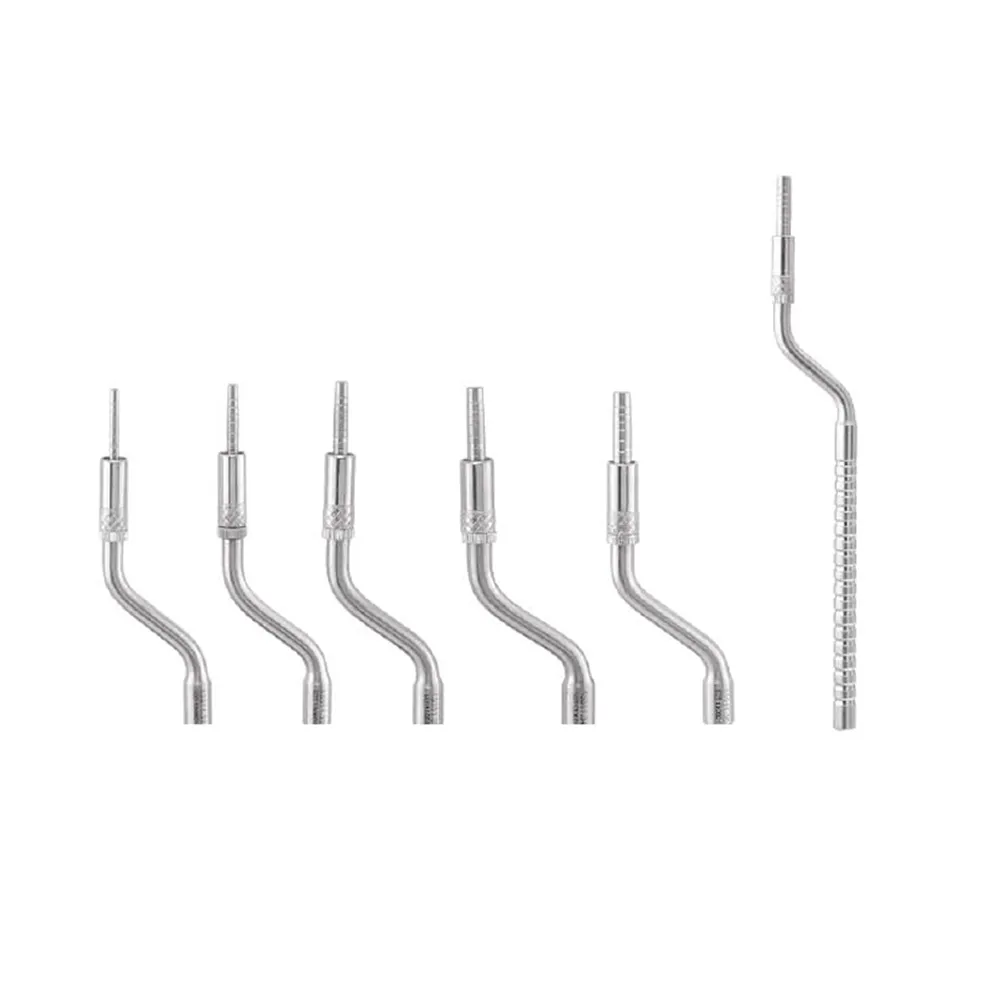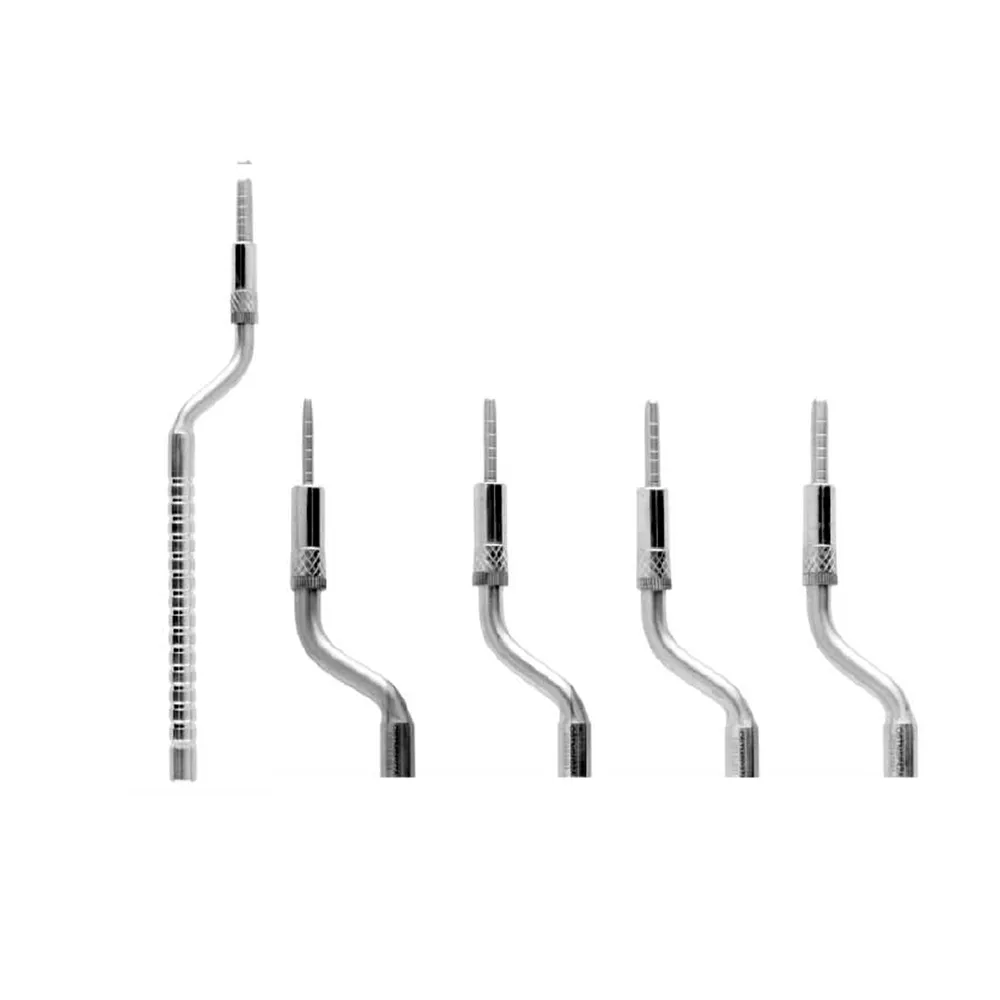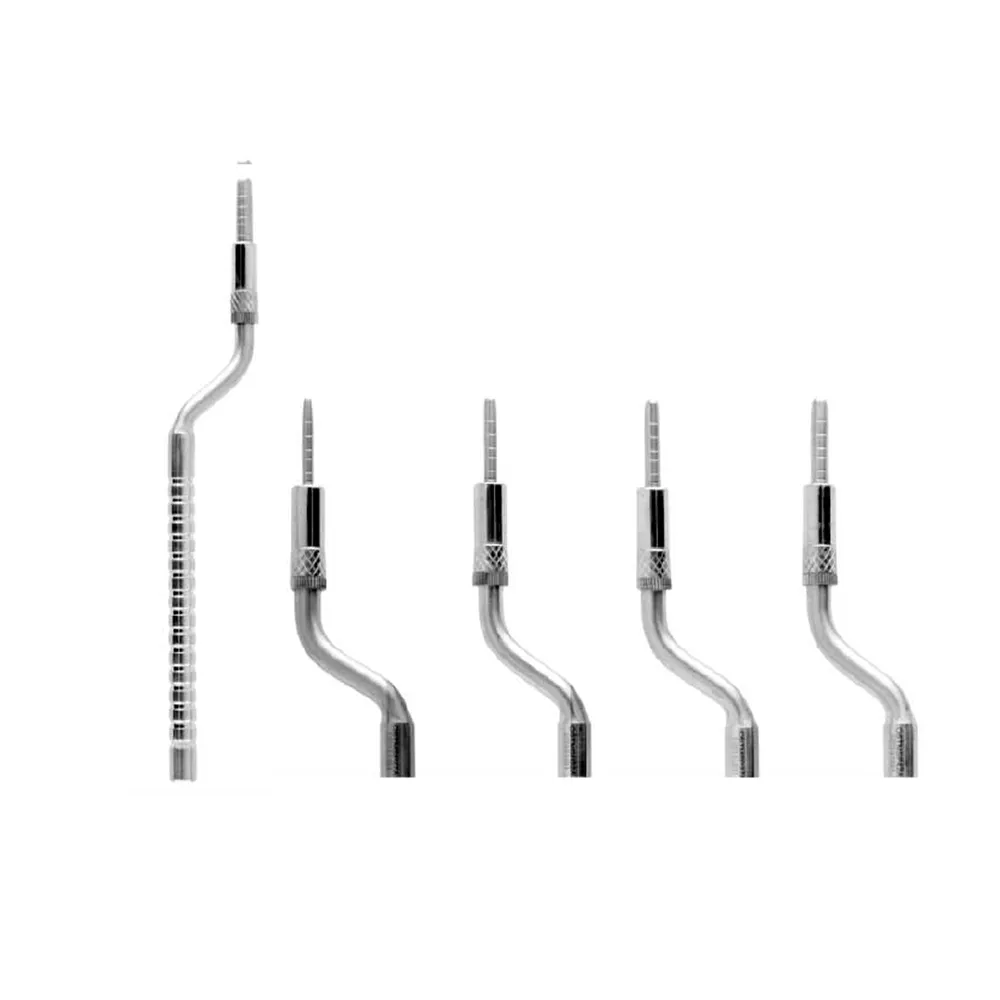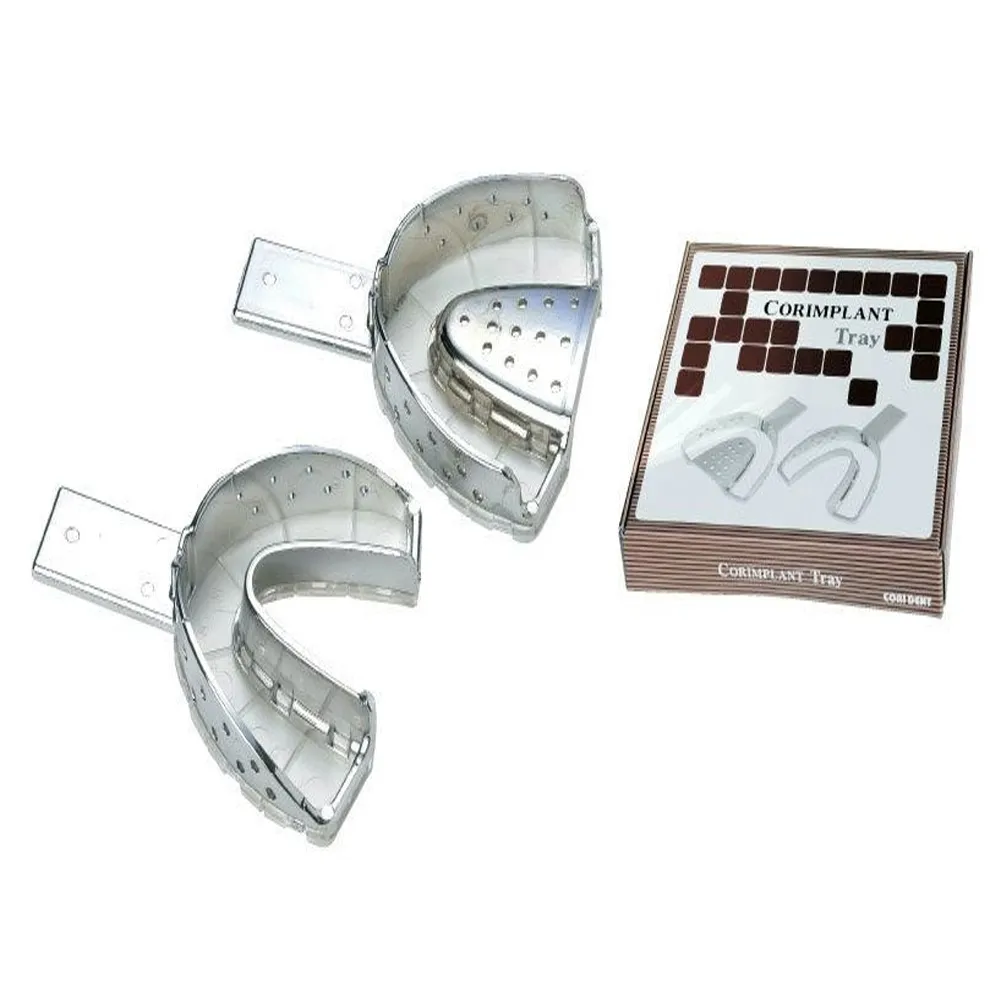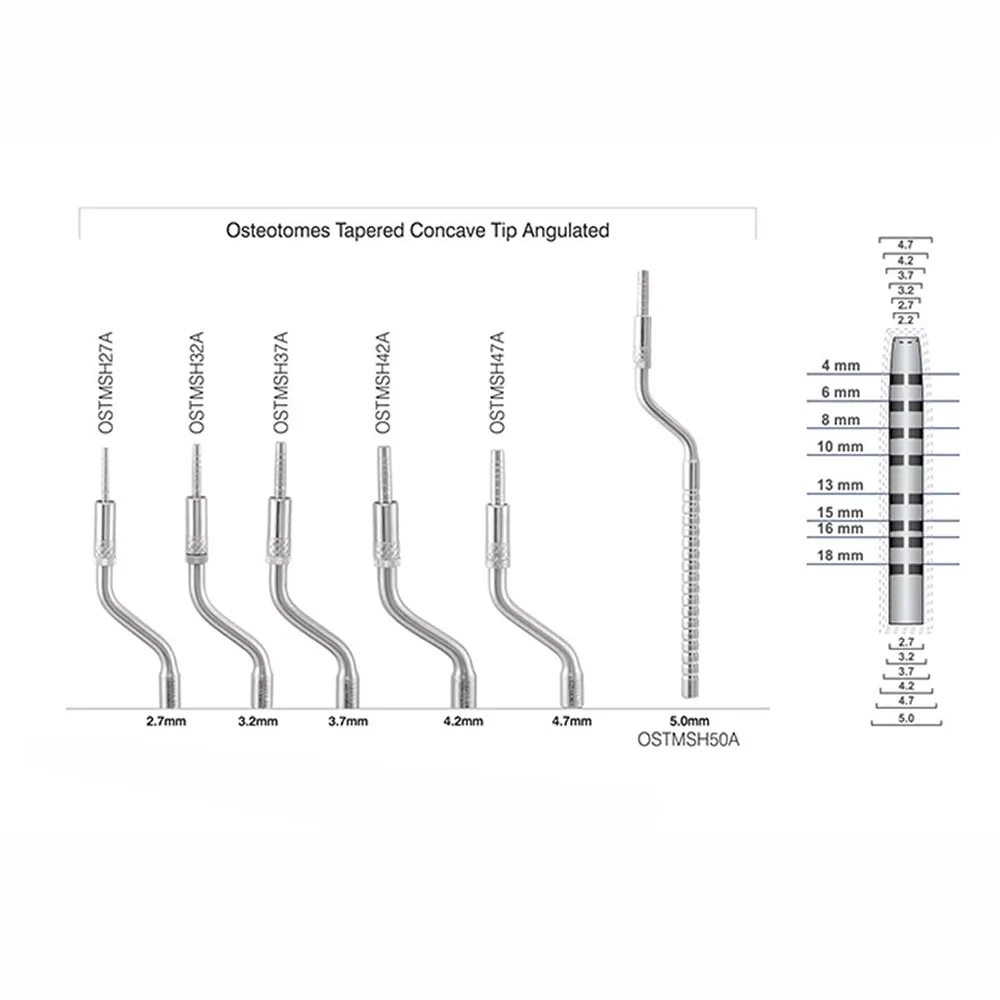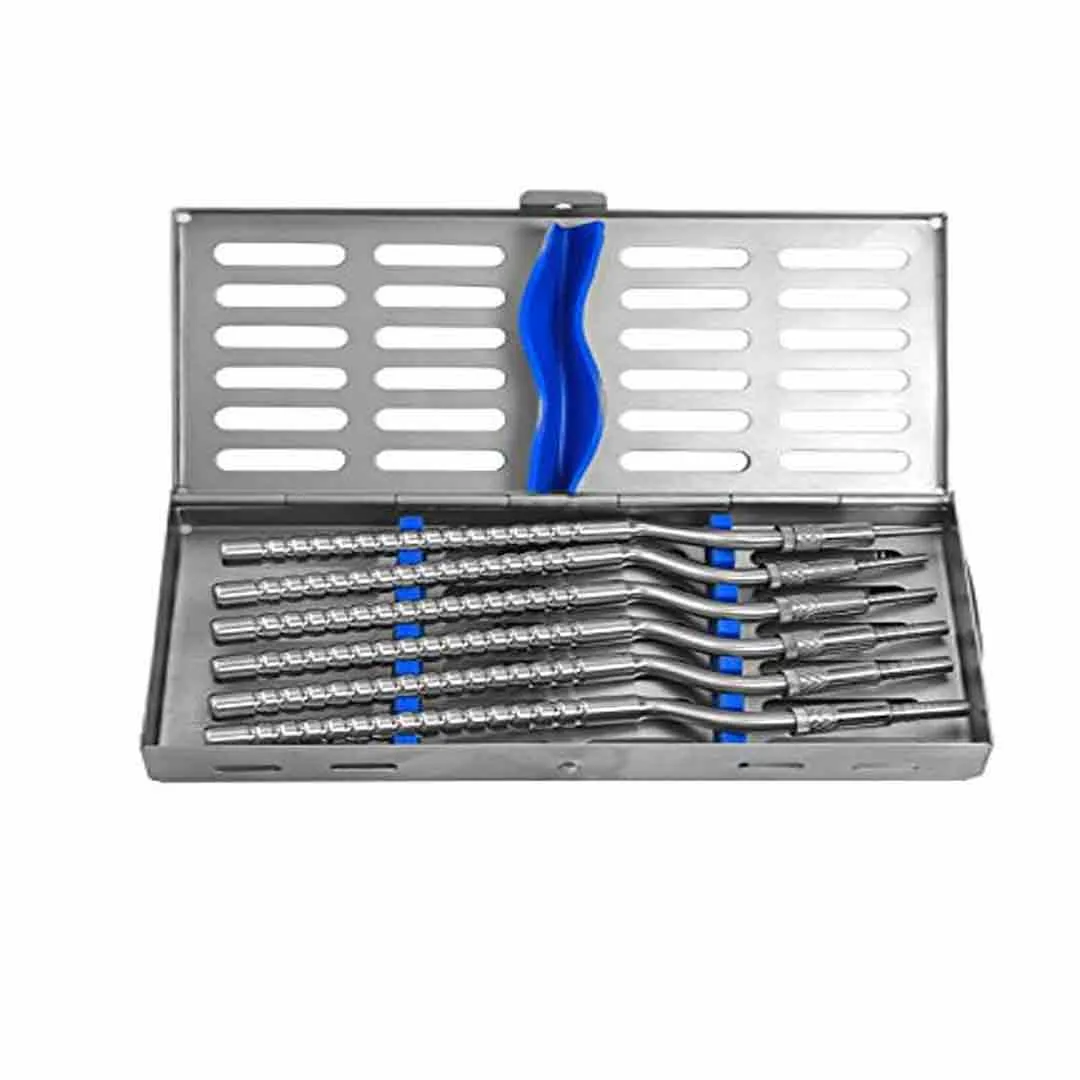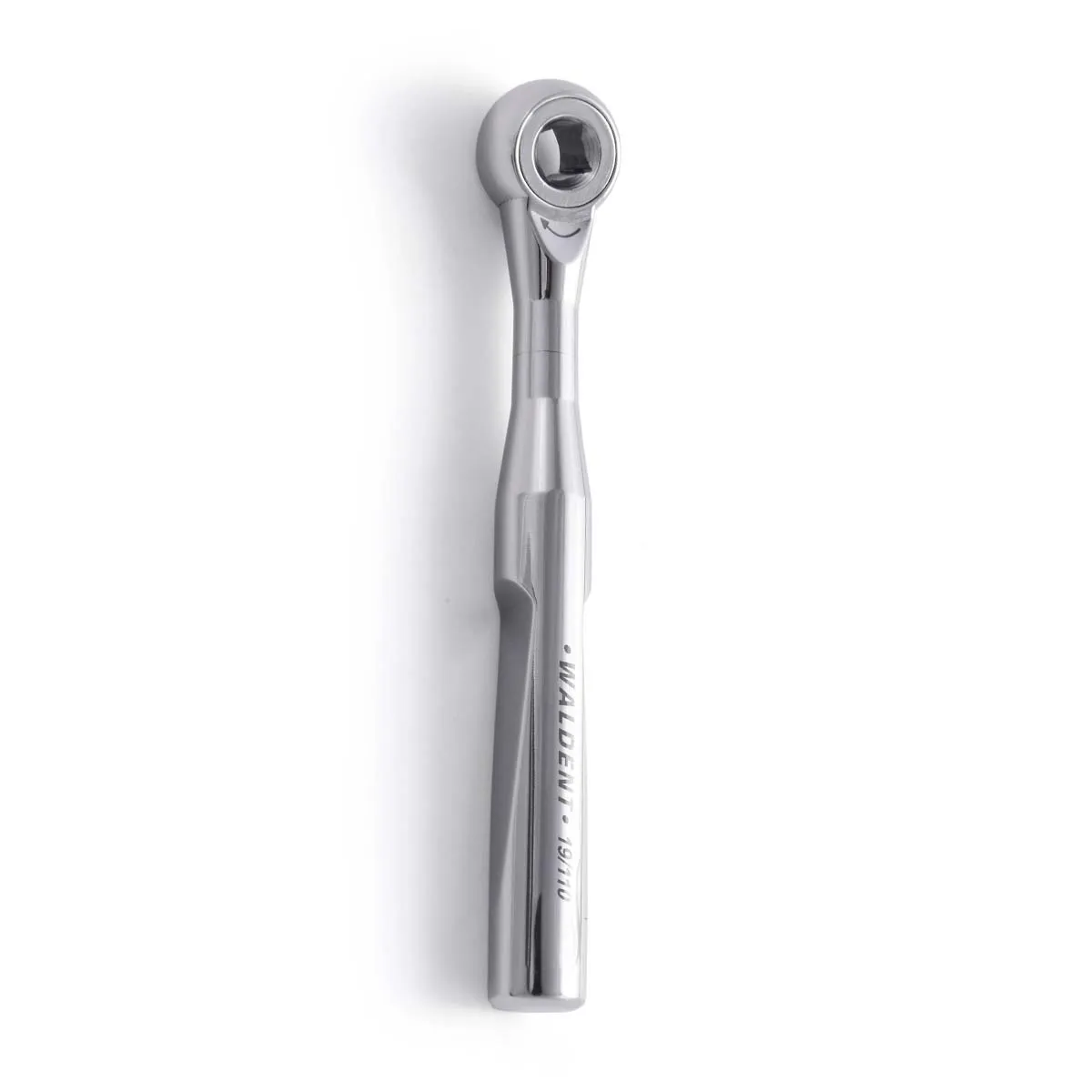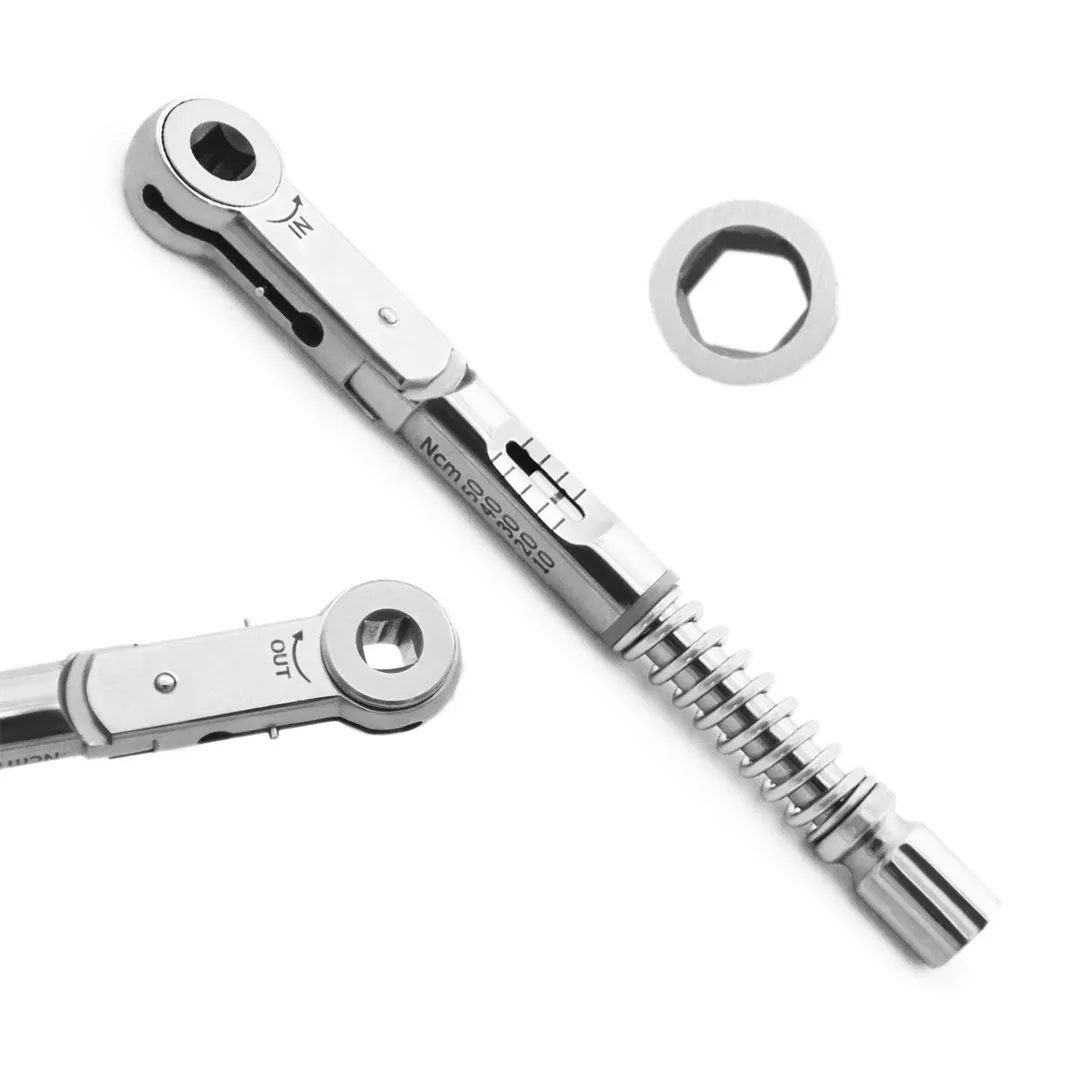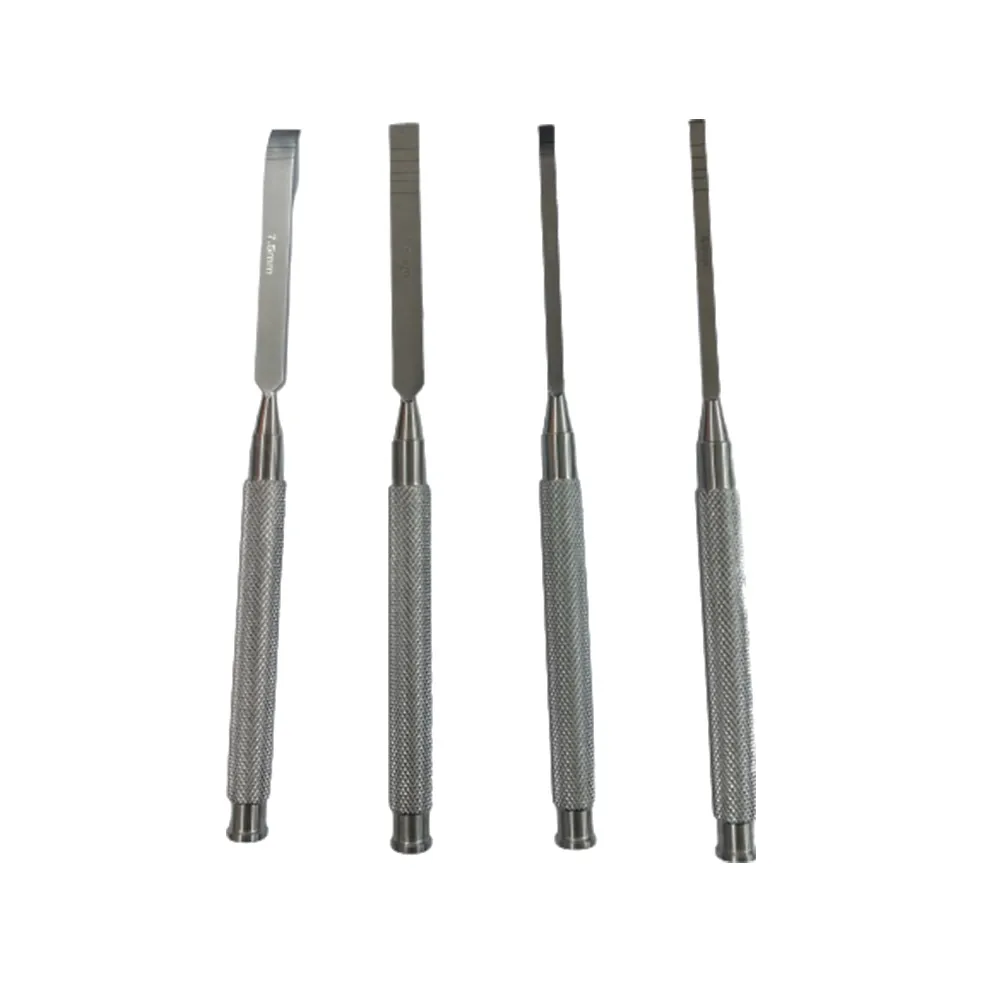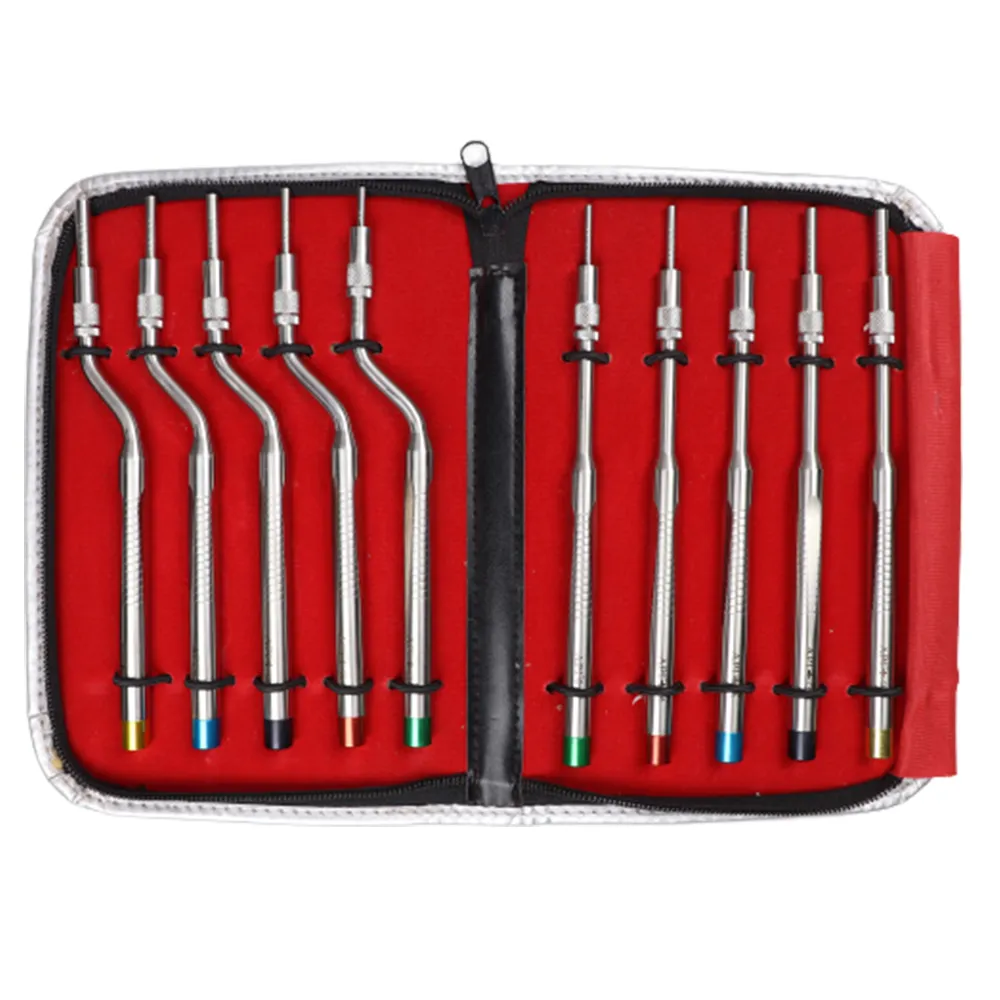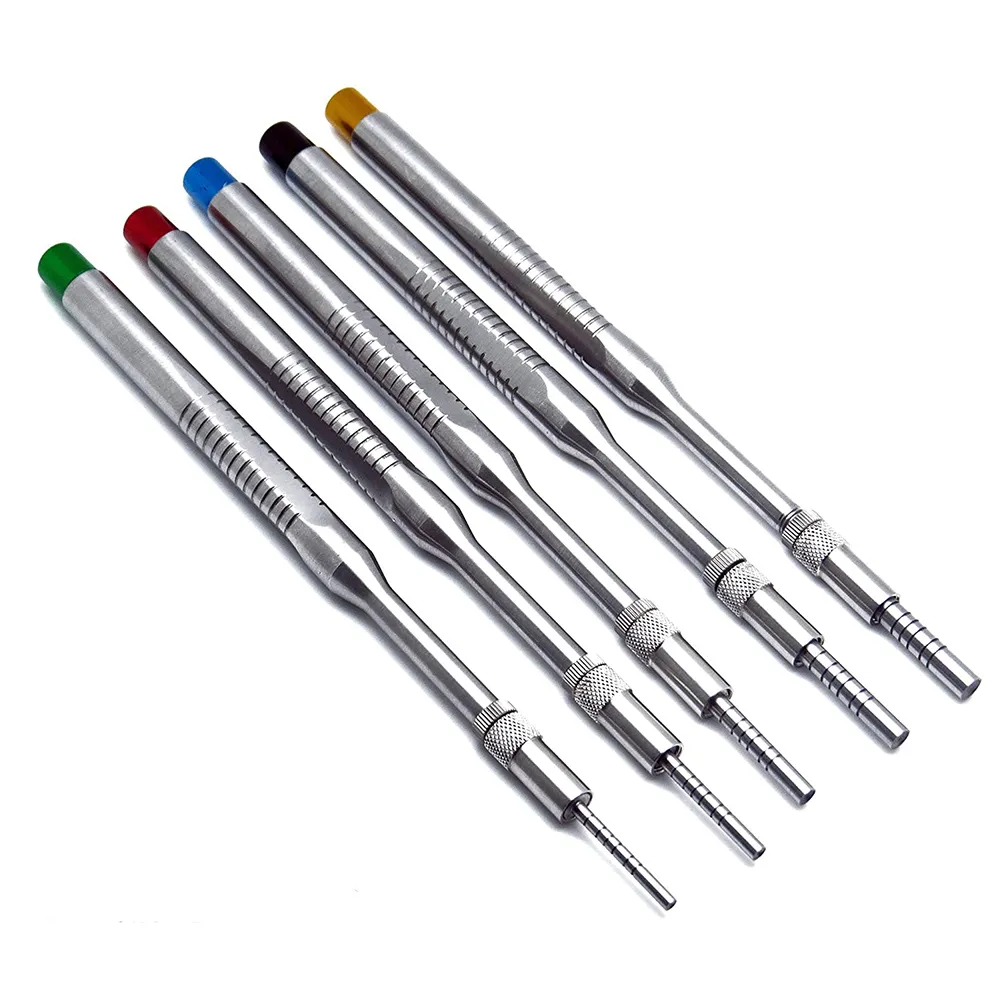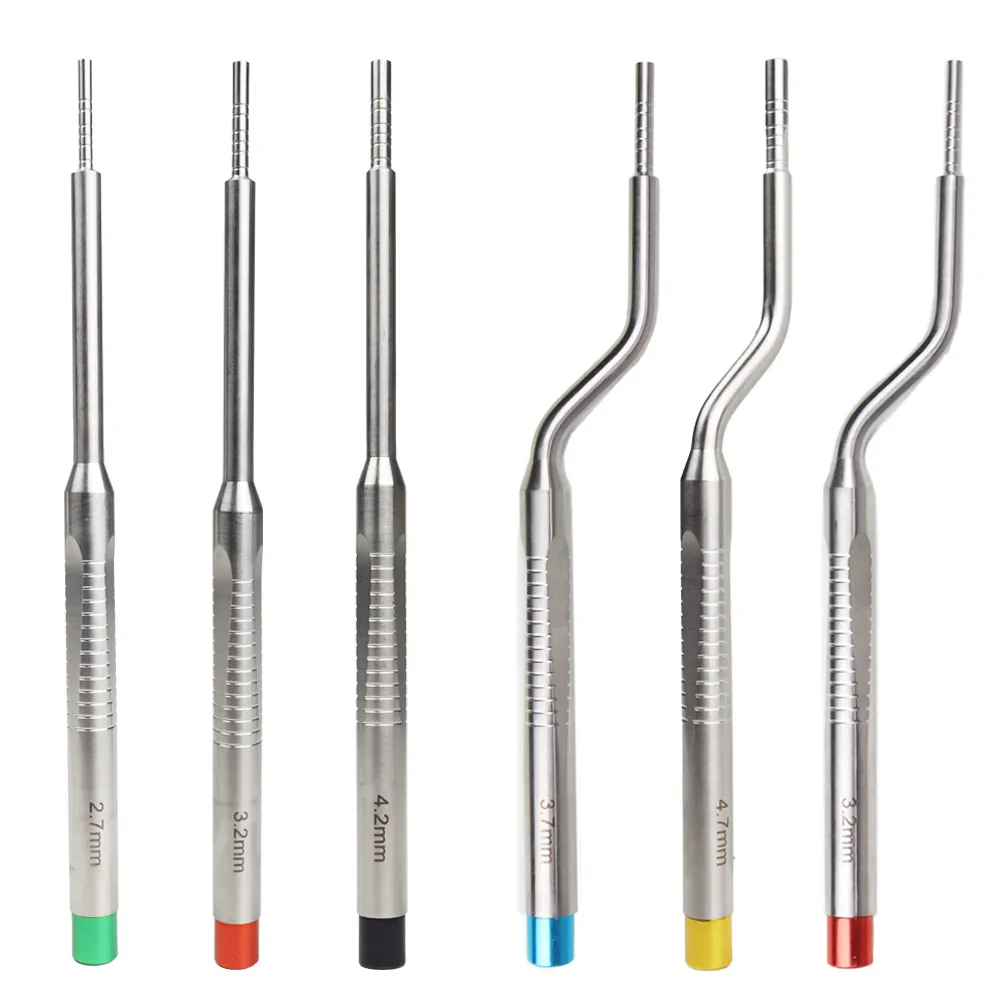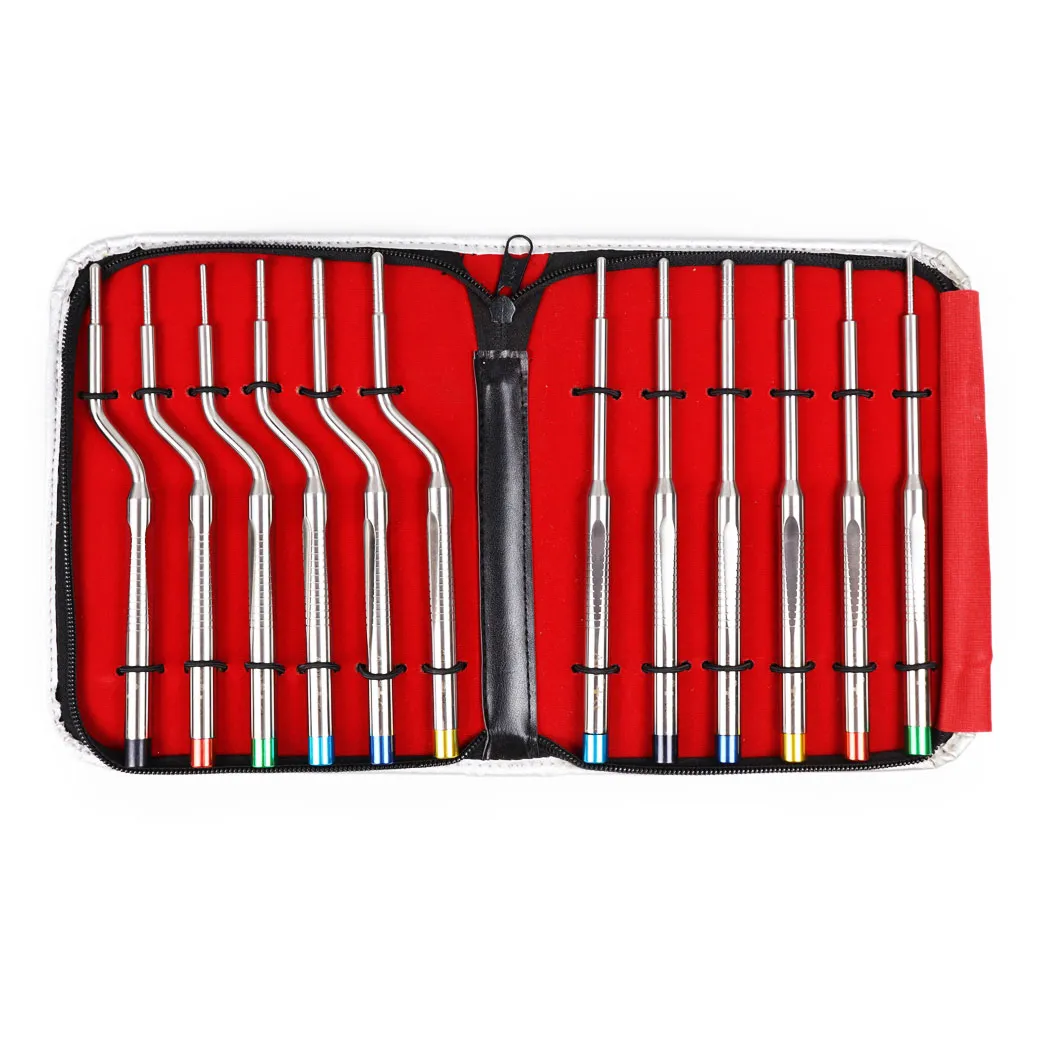Precision Tools for Implant Excellence
Welcome to Dentalkart's Implant Instruments category, tailored for dental professionals specializing in implantology. Implantology is a vital field in dentistry dedicated to the placement and restoration of dental implants. This category provides a comprehensive array of top-quality instruments necessary for successful implant procedures. Implant instruments are critical tools in this field, enabling precise and efficient implant placement, maintenance, and restoration.
Types of Implant Instruments:
- Surgical Instruments: These instruments include drills, drivers, and bone taps, essential for creating implant sites, preparing the bone, and securely placing implants.
- Prosthetic Instruments: Prosthetic instruments encompass abutment drivers, torque wrenches, and impression copings, facilitating the connection of implants to prosthetic restorations with accuracy.
- Guided Surgery Instruments: Guided surgery kits enhance precision by aligning implant placement according to a 3D surgical guide, minimizing errors and improving implant success.
- Maintenance and Removal Instruments: Instruments like torque measuring devices and implant retrieval kits aid in monitoring implant stability and addressing potential complications.
Dentalkart is your trusted partner in the dental industry, committed to delivering a wide range of dental products and solutions. In our Implant Instruments category, you'll find an extensive selection of instruments sourced from renowned brands like API, GDC, GS Implant, Julldent, and Waldent Instruments.
Explore our vast range of implant instruments, each designed to meet the specific needs of dental professionals practicing implantology. Dentalkart's dedication to quality ensures access to top-notch dental products, empowering you to provide exceptional patient care and achieve successful implant outcomes.
Q: What equipment is used for dental implants?
A: Dental implant procedures require a variety of equipment to ensure precision, sterility, and successful outcomes. Here are some of the key equipment and tools commonly used for dental implants:
- Surgical Drills: High-precision drills are used to prepare the implant site in the jawbone. They come in various sizes and shapes to accommodate different implant systems.
- Surgical Handpieces: These specialized handpieces are designed for use during implant surgery, providing controlled and precise drilling.
- Implant Motors: Implant motors offer precise control over drill speed and torque, essential for safe and accurate implant placement.
- Sterile Draping and Covers: Sterile drapes and covers maintain aseptic conditions in the operating area, preventing contamination during surgery.
- Surgical Loupes and Microscopes: Magnification devices like loupes and microscopes help dentists visualize the surgical site with greater clarity, enhancing precision.
- Implant Drivers: These tools are used to place and secure dental implants into the prepared site.
- Ratchet Wrenches: Ratchet wrenches with torque control ensure that implants are placed with the correct level of force.
- Surgical Kits: Surgical kits include a variety of instruments and components necessary for implant placement, bone preparation, and prosthetic connections.
- Surgical Guides: 3D-printed or digitally designed surgical guides help ensure the precise placement of implants in predetermined positions.
- Radiographic Equipment: X-ray machines and CBCT (Cone Beam Computed Tomography) scanners are essential for diagnostic imaging, treatment planning, and assessing bone density.
- Intraoral Scanners: Digital scanners capture precise images of the patient's oral cavity, aiding in treatment planning and prosthesis design.
- Impression Materials: Dental impressions are taken to create accurate molds of the patient's mouth for fabricating prosthetic components.
- Sterilization Equipment: Autoclaves and other sterilization equipment ensure that all instruments are thoroughly sterilized before use.
- Computer Software: Implant planning software assists in treatment planning, allowing dentists to visualize the implant placement and prosthetic restoration.
- Ultrasonic Cleaners: These devices are used to clean and sterilize instruments effectively.
- Radiation Protection Gear: Lead aprons and thyroid collars protect patients and dental professionals from radiation exposure during X-rays.
- Patient Monitoring Equipment: Vital signs monitors are used to track the patient's well-being during surgery.
- Surgical Lighting: Bright, adjustable surgical lighting provides optimal visibility during implant procedures.
- Anesthesia Equipment: Local anesthesia is administered using syringes and anesthesia delivery systems to ensure patient comfort.
- Post-Operative Instruments: Instruments for wound closure, suturing, and post-operative care are used to complete the implant procedure.
Q: What is the role of surgical guides in dental implant procedures, and how are they created?
A: Surgical guides play a crucial role in ensuring precise implant placement. They are typically created through digital treatment planning, with the aid of CBCT scans, and can be 3D-printed or digitally designed to guide implant placement accurately.
Q: What role does computer software play in dental implant procedures, and how can it benefit my practice?
A: Dental implant planning software helps visualize implant placement, analyze bone density, and create surgical guides. It improves treatment planning precision, ultimately leading to better patient outcomes.
















